|
In 2018, the year of our retirement, we (my wife Peggy, our dog Merlot and I) decided to purchase a Class A Motorhome and to hit the road for a few years. This journey is coming to an end soon and I would like to share my reflections. A wise man once said “The biggest adventure you can take is to live the life of your dreams” - and so we did. Since our experiences were so overwhelming I will try to structure this short journal.  Lets start with places. The Unites States of America is such a wonderful country that it is almost impossible to plan for a trip of a lifetime. Our mantra was to get lost in the right direction and to follow Susan Magsamen’s advise to ”look for chances to take the less traveled roads - there are no wrong turns out there”. As much as we liked places like Bryce or Yellowstone, we always looked for the quiet spots within those megaparks. We selected the less visited National Parks, and found State Parks within the same region, with the same or similar spectacular views and less people. We enjoyed our hikes at Big Bend National Park, meeting only a handful of backpackers while exploring the South and the East Rim. A harp concert by a local artist introduced Rocky Mountain National Park totally different to us. The deep valleys of the Black Canyon of the Gunnison took our breath away. Kodachrome Basin State Park as well as the Red Canyon in Utah were jewels we found along our way. Rick Warren said “those who follow the crowd usually get lost in it” - we feel blessed that this did not happen to us and that we were able to feel nature as the art of God. People are next. We never could imagine that this will be one of the most valuable treasures of our multi year RV life and I fully agree with the words of wisdom “good people make good places”. We have met people of all ages, all educational backgrounds, many nationalities, languages and religions. Peggy and I became part of a group of likeminded travelers and making unexpected new friends made us happier. We shared stories, helped each other, and we are still staying in touch. Our dog’s Facebook page is the vehicle of sharing our continued story and of receiving updates of camping experiences from other “Wanderers”. Merlot’s Tails brings an active “band” of close to 800 friends together and we are looking forward to read about their travel stories from “on the road” while we get acclimated to our house without wheels. One story still stands out for us: While volunteering as campground host at Big Bend NP, we always checked on our guests in the evening to find out about their experiences of the day and to learn more about hikes we had not done yet. This created friendships and lead to conversations beyond hiking and the vistas of the day. We enjoyed those evening talks very much and are staying in touch with many of our Big Bend friends. This includes Katelyn and Heather. The evening prior to their departure we had them over for a camp dinner. We talked about youth, where we want to go to, where we are in our lives and that being happy does not always mean that you have to be rich or climbing the career ladder. What a nice and meaningful chat. The next morning they stopped by to thank us and to say good bye. They surprised us with a hand drawing of Emory Peak, the highest point in the Chisos Mountain. The poem under the drawing says: “The sun reaches out to the mountain lined horizon and colors everything in orange, red and pink. It is here where travelers meet”. Life is beautiful because of the people we have met on our journey.  What about learning? Traveling made us realize that no matter how much we know there is always more to learn. We decided on a format for our life on wheels which is a combination between traveling and volunteering. The travel part allowed us to go and to experience places we have not seen before, the volunteer part made a major contribution to the learning. Being at a place for three to four months granted us a much deeper understanding of the area, its history but also the volunteer job we had signed up for. The stay at Big Bend taught us how to coach our visitors to prepare for their hikes and to stay healthy while experiencing the mountain and desert challenges during summer time. Volunteering at Reelfoot Wildlife Refuge opened our eyes about the importance of the National Wildlife Refuge system in general and how the local goal is achieved to provide a high quality habitat for waterfowl and other migratory birds. Being part of the team at a National Fish Hatchery in Arkansas and in North Dakota helped us to understand the day to day tasks of a fish hatchery. Especially the time at the Garrison Dam National Fish Hatchery provided us with so much information about different species, their hatching times, upbringing, feeding, and distribution. We never thought that we will learn how to spawn a fish right in the body of water this specific species (Walleye) calls home. It also taught us about the impact of recreational fishing in ND. All in all it made us to be better visitor guides and were proud to walk our guests through the hatchery and to be able to answer (most) of their questions. Our off days gave us a chance to learn about the area and to make day or even overnight trips. Now we act as ambassadors for all the areas/states we have volunteered in and we are enjoying it. North Dakota for example was also a great place to dive into Native American and Louis and Clark history. There is no doubt, adventures are the best way to learn. Relationship is last but not least. Antoine de Saint-Exupery wrote: “Life has taught us that love does not consist in gazing at each other, but in looking together in the same direction”. Traveling for almost four years in a motorhome has made our relationship stronger and definitely coached us to have the same compass. During our business careers we always joked that we would not be able to work together, but volunteering created for us the best environment to collaborate and to use our different skill sets. I am certain that this will last into our life after full time RVing. We are looking forward to move back into our house and to enjoy the old neighborhood, seeing friends and getting active in the community again. This amazing phase of our life is coming to an end but the memories will last forever. I recently found a quote that summarizes our time on wheels best: “The most beautiful things in life are not things. They’re people and places, memories and pictures. They’re feelings and moments, and smiles and laughter”.
21 Comments
After a great summer in North Dakota, we left the Garrison Dam National Fish Hatchery short after Labor Day and spent three months on the road to get to our winter quarters in Florida. We had many National Parks on our bucket list and in retrospect we liked especially those parks which were not on every travelers itinerary as well as to find quiet places at top ranked destinations. This is why I would like to share with you the “Off the beaten Path” locations of our journey. Fort Union near the upper Missouri River was one of our first stops. It was a major trading post from 1828 through 1867. The Assiniboine and six other Northern Plains Tribes exchanged buffalo robes and other smaller furs for goods from around the world. It was a peaceful place and earned its name with honor. Fort Buford was our next stop. It was built in 1866 near the confluence of the Missouri and Yellowstone rivers and became a major supply depot for military field operations. The fort is probably best remembered as the place where the famous Sioux leader, Sitting Bull, surrendered in 1881. Crossing over into Montana, we checked in at a USACE campground downstream from the Fort Peck Dam. It is the largest hydraulically filled dam in the United States and creates Fort Peck Lake, the fifth largest artificial lake in the U.S.. The two generator buildings look like Manhattan Skyscrapers and house the surge tanks. The dam, generator buildings, and spillway are a marvel of engineering. At the peak of construction, more than 11,000 people worked on the project. The Fort Peck Interpretive Center was a great place to learn more about the areas wildlife and the construction of the dam. It is part of the Montana Dinosaur Trail and it shows. Fort Benton is one of the oldest settlements in Montana and it claims that it is the birthplace of the state. Old town still shows the grandeur of this city along the Missouri River. It was worth it to walk along main street to the Lewis and Clark Memorial. Grand Teton is one of the well visited National Parks. To get off the beaten path we enjoyed to head up Signal Mountain and to take a detour to Mormon Row. The pictured barn is most likely one of the most photographed outbuildings in the park. The Grand Teton said goodby to us with frost and snow covered peaks. “Grand” is the only word to describe it. On our way further south, we stopped in Debois, Wyoming, to see dear friends. Debois is a small quaint town and has a lovely main street. Our “local guide” hiked with us and brought us to petroglyphs along the trail to a small waterfall. After crossing the Rocky Mountain NP, we stayed at a campground overlooking Lake Granby. The hike around Monarch Lake was picturesque and relaxing. While going back into the busy park the next day, we found a quiet oasis in the Endovalley. As an extra bonus we were serenaded by a local, playing the harp in the middle of nowhere. The rushing stream of the Fall River behind her added to the solitude of this place. Can you imagine a canyon that is so deep that the sunlight never touches the bottom? The Black Canyon of the Gunnison is one of these geological wonders. There are many overlooks along the parks main road and we were “awed” by each of them. The rocks look like marble and create contemporary images. At one point the canyon is so deep that the Empire State Building could be put three times on top of each other and it still would not reach the canyon rim. What a place! Mesa Verde was our next stop heading south. We booked a guided tour and had a long conversation with Ranger Nighthawk who has served more than 25 years at this wonderful place. Mesa Verde stands for “Green Table” and it was the richness of the soil that brought the Pueblo Indians to this area. Our trail went down to the Long House and we were just mystified by the more than 750 year old site perched under the overhang of rocks. The Step House was another yet smaller dwelling we were able to visit and it was an astonishing site as well. What a great day to spend our wedding anniversary. The Otter Creek Campground was one of our basecamps to experience parts of Utah. Bryce was our first day trip. It is overwhelmingly beautiful, busy even off season and not dog friendly. Yet, we enjoyed the day of endless red rock formations. Capital Reef NP was next on our list and we looked again for off the beaten path places. The schoolhouse of the early Mormon settlers was one of them. They also planted fruit orchards; some of which are still on public grounds so that you can get the ingredients for a fruit salad at no cost. Strolling along the boardwalk with the petroglyph panels created by the Fremont people was another highlight. Kodachrome Basin Sate Park is surrounded by the Grand Staircase Escalante National Monument. It got its name from a National Geographic Society expedition in 1948. The hues and beauty found here prompted the crew to call it after the popular color film. The sandstone layers reveal 180 million years of geological time and the sedimentary pipes create an uncommon landscape. The Red Canyon is located within the Dixie National Forrest. The uniquely vermilion colored rock formations and the Ponderosa Pines make the canyon to an exceptional scenic area. On top, it is not crowded and dog friendly. There are plenty of trails and the views are remarkable. On one of our day trips from Otter Creek we came across Butch Cassidy’s boyhood home along country road 89, which triggered us to stream the movie in the evening. Our next base camp was Coral Pink Sand Dunes Campground. It was a paradise for ATV fans and some campers had ATVs for the entire family. For us, it was a great place to encounter a new region and to get the first signs of winter. Zion is a busy place and we would like to come again off season. However, even in the busiest National Parks you can find places of solitude, like The Patriarchs overlook and the trail to the Emerald Pools. From Coral Pink we headed south into Arizona to get to the North Rim of the Grand Canyon. Wonderful fall shades greeted us along the way. To beat the crowd, we were told to go up to Cape Royal and we were glad we did. Many overlooks offered stunning views and we counted probably 10 cars on our way up. Water Holes Canyon was one of the highlights of our trip. It is located just a few miles south of Page. It can compete with Antelope Canyon and most of all it is not crowded. We had a group of six and our Native American guide was very knowledgable. The canyon is a symphony of red, bown, yellow and ocher. The lines and curves are breathtaking and the hike is pure fun. It is impossible for the camera to capture the beauty of one of the most magnificent places we have seen so far. What a birthday present for Peggy. The Museum of Ancient History and the Moqui Caves were on our way from the campground to Kanab. The original owner started it as a museum, yet since it did not attract enough people to make money, he decided to make a bar out of it. After the bar crowd got to rowdy, the next generation owner brought it back to be a museum, yet the bar is still there. The caves above the museum can be hiked and offered exceptional views. Homolovi State Park was our first overnight stop in Arizona and is located just north of Winslow. With seven ruin sites scattered with broken pottery, petroglyphs, kivas, and traditional pit houses this place just invites you to become a novice archeologist. It is always fascinating to walk on grounds where Indian people settled in the 14th century. The area is still a cultural hub for the Hopi community. By the way, a stop in Winslow was a must for us and we enjoyed the downtown area and good food at a local brewery. Phoenix, Arizona, has a lot to offer. We were lucky that our local host (a dear friend and ex-colleague) recommended to visit the Musical Instrument Museum. We could have spent days there and still would not have seen all. The architecture is stunning, the exhibits reach from ancient instruments to original guitars of famous musicians (such as Jimmy Hendrix). A place that is fun, educates and is for all ages. While staying at a RV resort near Holbrook, AZ, we visited the Petrified Forest National Park. It is a land of scenic wonders and contains one of the world’s largest concentrations of petrified wood, multi colored badlands, portions of the Painted Desert, and historic structures. A weathered Studebaker automobile is a landmark and is placed at the Old Route 66 near the crossing of I 40. On the way back to the campground we stopped in Holbrook at the Wigwam Motel. What a place to stay while traveling along Route 66. Heading further west and after a short stop at our all time favorite Big Bend National Park, we enjoyed the not so much traveled areas of Galveston. We went along the Tree Sculptures self guided tour. The sculptures are made out of trees which died from the salt water spilled into the city by hurricane Ike in 2008. Magnificently restored homes are the backdrop for these unique pieces of art. We are great fans of Harvest Hosts and are always surprised of the uncommon places to stay. Houmas House and Gardens near Darrow, LA, was no exception. This plantation is also called the “Sugar Palace” and offered a view into southern living at its best. The gardens were gorgeous, the buildings were grandiose, and the food was superb. West Point Lake, GA, was a great place to meet with dear friends. It was an optimal choice to explore the area with them as guides. Visiting the Little White House near Warm Springs opened a window into Franklin D. Roosevelts fulfilled life. Callaway Gardens, nestled into the southern foothills of the Appalachian Mountains, is a place to relax, to be active, and to just take in the beauty of nature. The visit at the butterfly center completed our excellent experience. General Coffee State Park in the southern part of Georgia was a superb choice to relax after an amazing three months on the road. Quiet nature trails allowed us to reflect on our journey, the wondrous places we have seen on and off the beaten path, and the new friends we have made. The historic farm and small lake invited us just to slow down. Driving through the gate of the Fort Clinch State Park felt like coming home after a long and phenomenal 2021. We are looking forward to reconnecting with friends and to call this place home for a few months.
Peggy and I had the pleasure to volunteer at the Garrison Dam National Fish Hatchery this summer. The hatchery is working closely together with North Dakota Game and Fish. Purpose of this partnership is to keep the state attractive for the sport fishermen. It is specialized in rearing Walleye, Northern Pike, Chinook Salmon and Trouts, just to name a few. Another unique project is focusing on the Pallid Sturgeon, a prehistoric fish that is currently on the endangered species list. Many of our visitors were surprised about the scope of the hatchery activities. We were fortunate to travel the amazing state of North Dakota during our off days and to experience that “Be Legendary” is so much more than a marketing slogan. It describes in short the heart and soul of the state and its people. North Dakota offers unique experiences and adventures that entice visitors to follow their curiosities and not the beaten path. The blog would be way too long if I would cover all the great experiences we had during our stay. One of our first trips was to Arena, a ghost town just a few miles east of Bismarck. If you are into ghost towns, this place will exceed your expectations. Theodore Roosevelt National Park and Medora was on our bucket list and I wrote about it already in my last guest blog. On the way back from Medora we decided to drive along Old Red Old Ten, which was the right decision. This Designated Scenic By Way runs in parallel to Interstate 94 and is a treasure. We stopped at the one room schoolhouse near Taylor and were totally surprised by finding one of the most magnificent abbeys in Richardton. Assumption Abbey is a Benedictine abbey and was founded in 1893 by a monk from Switzerland. The convent was originally located near Devils Lake and moved to its current location in 1899. The stained glass windows are gorgeous and tint the inside of the abbey into warm and soothing colors. 30 monks are still in the community. The few we have met were characters and we especially enjoyed the conversation with Brother Odo, who runs the wine store (by the way, the wine was delicious). Further on to Hebron; the city was founded by Germans which built a structure overlooking the village to protect them and their food from Native Americans. It was reconstructed in 2004 depicting the inner sod shelter and walls with railroad ties for the roof. Since it safeguarded the food of the settlers as well as the families, it was nicknamed Fort Sauerkraut. Hebron is also home to the oldest still operating brick factory in the state. The plant is open for tours. North Dakota is for those who crave for the uncrowded outdoors as well as for the urban spaces. We took a road trip that brought us through Jamestown, the home of the largest buffalo statue and the Buffalo Museum. Valley City is the starting point to a drive along the Sheyenne River Valley National Scenic Byway. Wide open fields frame the roadway that ends at Fort Ransom State Park, a great place for hiking. On the way home we stopped in Kathryn, which is almost a ghost town, and was worth the short visit. An urban experience is a visit to Bismarck, the capital of North Dakota. We brought enough time with us to encounter the Heritage Center and State Museum. It features four museum galleries tracing the state’s rich history from it’s earliest geological formation 600 million years to today. North Dakota has strong connections to the land and the nations history and shows it. Four places stood out for us to get exposed to this connection. Fort Abraham Lincoln State Park outside of Mandan is the oldest State Park in North Dakota. We enjoyed learning about the On-Slant-Indian Mandan village. It was once the home of around 1,500 Mandans, who lived in Earthlodges. Six of the lodges were reconstructed and gave us an insight into the life of the Mandan people. Above the Indian village are the remains of the first military post in the area. Fort McKeen was established in 1872 in preparation for the Northern Pacific Railroad to expand its tracks to the west of the Missouri River. The fort was renamed to Fort Lincoln and in 1874 housed a nine company cavalry command, one of the largest forts on the Northern Plains. LTC George Armstrong Custer was the first commander of the enlarged fort and served here from 1873 until the Battle of Big Horn. The reconstruction of his home across the central practicing square is a superb example of living history. We took one of the scheduled guided tours and the ranger brought us back to the times when LTC Custer was in charge at the fort. Reconstructions of the Central Barracks, Granary, Commissary, and stables stand on site and some of them were open to visit. Within the central barracks, the life stories of some of the soldiers were posted. An outstanding way to present the career of these brave men. The Lewis and Clark Interpretive Center in Washburn was one of our favorite places to dive into history. It is located close to Fort Mandan, where the expedition spent the winter of 1804/1805 and where Sacagawea became a very important part of the corps. A reconstruction of Fort Mandan is close by. Lewis and Clark were very good in documenting their journey, which allowed to make this “replica” to a very authentic place. We took the guided ranger tour several times and always learned something new, including the story of Seaman, the Newfoundland, who was a K9 expedition member. From the fort it is a 30 minute drive to the Knife River Indian Villages. A well done reconstruction of one of the Earthlodges introduced us to the life of the Hidatsa People. A nice hike leads to the Knife Rifer. Imagine that we were walking through an area which was most likely home of Sacagawea after she returned from the Pacific - priceless. The communities are shaped by its settlers from abroad and their traditions. A great example was when we headed south towards the Russian German influenced City of Strasburg. Many settlers came to the area from the Ukraine in the late 19th century. After stopping at the Lawrence Welk homestead, we visited St. Peter and Paul church and the cemetery. The stained glass windows have very vibrant colors and the close by cemetery shows mainly German names. We stopped at the local hardware store and chatted with Gary, who gave us a lesson in local history and was kind enough to open a secret door which lead us to the upstairs of the building. It was the first hotel in Strasburg before it became a store. Gary had a story for each room and was a great historian but also entertainer. Gary and some of the other customers in the store offered us tomatoes and apples fresh from their garden, and this is what the North Dakotans are: helpful and friendly. Maybe this is why the International Peace Garden is located in this state as a unique tribute to peace and friendship. The Scandinavian Heritage Center in Minot is a calming island in the middle of a buzzing city. We took the time to learn more about the replica of a Stave Church and learned how the Norwegians used their experience in building ships to create wonderful churches. In summary, North Dakota is a state that surprises. If you come to North Dakota for good or as a visitor, make sure to become an explorer and to be legendary.
As some of you know, we are full time RVers and travel the United States of America, seeing places we have not seen before combined with volunteering at National and State Parks, Wildlife Refuges, and National Fish Hatcheries. This year we were blessed to be able to visit the South and North Dakota Badlands, while helping at the Garrison Dam National Fish Hatchery for the summer. We have seen many pictures of the Badlands, but to experience them with our own eyes was overwhelming to say the least. I hope our diary will give you an idea of this stunning Land of Stone and Light. Less than 10 miles after exiting busy Interstate 90 we were welcomed by a friendly ranger at the Northeast Entrance of the National Park. This gate was the door to a different and fascinating world called the Badlands. It is hard to describe it with words and impossible to capture the raw beauty with the camera. Frank Lloyd Wright, the famous architect, described it this way: ‘What I saw gave me an indescribable sense of mysterious otherwhere …….. As we rode, or seemed to be floating upon a splendid winding road that seemed to understand it all and just where to go, we rose and fell between delicate parallels of rose and cream and sublime shapes, chalk white, fretted against a blue sky with high floating clouds; the sky itself seemed only there to cleanse and light the vast harmonious …….. scheme". A steep decline brought us down to the Ben Reifel Visitor Center and the Cedar Pass Campground. The campground was recently in the spotlight when some of the footage for the highly acclaimed Nomadland movie was shot here. The reserved site was large enough for our 36ft motorhome and the campground became our home for the next 5 nights. The next day we drove our tow car along the Badlands Loop Road. Every twist and turn of the road was like as if a curtain was opened to a new scene of the beauty of mother nature. Frank Lloyd Wright portrayed it as “……. an endless supernatural world more spiritual than earth but created out of it". We took enough time with us to take it all in and to enjoy every “Kodak Moment” along the windy road. After passing the Pinnacles Entrance we headed North to visit Wall and the famous Wall Drug Store. What a contrast to the near absence of human noise in the Badlands. We were thrown back into the 20th century world when we stopped at the Minutemen Missile National Historic Site Visitor Center. Another stop contrasting the vast peacefulness of Mako Sica (as the Badlands are called by the Lakota Indians), but worth the stop. The Prairie Dog towns along 240 are huge and it is fun to watch these animals. Their gestures just put a smile back on our faces after the somber history lesson at the Minutemen VC. Experiencing the rugged fascination of the Badlands by foot added another dimension to our stay. Heading up (and down) the ladder of the Notch Trail was the pinnacle of our explorations. The hikes are all well marked and the trailheads are mostly close to the overlook parking lots. A good water supply and charged batteries for the cameras were essential for us. The Cedar Pass Campground was also a great place for day trips. Mount Rushmore, the Crazy Horse Memorial and a stop at a ghost town were within reach. We also enjoyed our stop in the Black Hills, visiting the D.C. Booth Historic National Fish Hatchery at the quaint town of Spearfish, and to go up the Spearfish Canyon Scenic Byway. So many places to go, so many things to see….. It was hard to say goodbye to the peaks, gullies, buttes, wide prairies, and thousand tints of colors that cannot be found in color charts; those subtle hues have left a lasting impression with us. We took a break from the Dakota Badlands experience and started our volunteer gig at the fish hatchery. Since we have always free days in-between we headed out to the North Dakota Badlands right around my birthday. Driving through the Killdeer Mountains gave us a first window into what to expect. The Killdeer Mountain Four Bears Scenic Byway is one of the ten scenic byways in ND and was as panoramic as we hoped. Watford City was a great stop for lunch prior to immersing ourselves into the North Unit of the Theodore Roosevelt National Park. Roosevelt called the North Dakota Badlands the romance of his life and wrote :”I grow very fond of this place, and it certainly has a desolate, grim beauty of its own, that has a curious fascination for me”. We fully have to agree and you will too when you visit this place “besides the beaten roads of the present travel”. From the North Unit Visitor Center we took the Scenic Drive, which is a 28 mile roundtrip. Other than the SD Badlands this park has many more green hues from vegetation. Stopped at the Cannonball Concretions Pullout and saw geology at work, having created almost perfectly round rocks of all dimensions. Make sure to spend some time at the Oxbow overlook, where the Little Missouri River takes a hard turn east. The river originally continued north to the Hudson Bay, but continental glaciers blocked its way during the most recent ice age. Headed down 85 to check into our hotel in Medora. We took a stroll through town, that was established by the Marquis des Mores, and named after his wife. Restaurants and stores are plentiful and we were greeted by many nice and friendly locals. Next to the Marquis, Roosevelt is also front and center in Medora. Before we passed through the gate of the South Unit of the Theodore Roosevelt NP, we followed the signs to Chateau des Mores. The interpretive center is excellent and walking through the Chateau, which the Marquis called a hunting lodge, threw us back into the late 19th century. The French born Marquis was destined to create the largest cattle empire on the banks of the Little Missouri River. This created a boom in Medora for three years until all plans fell apart and Medora went back into a deep sleep. After this history lesson, we enjoyed the scenic loop drive through the South Unit. Wonderful vistas and short hikes made our day. Prairie Dogs, Buffalos and our encounter with wild horses were the peaks of the day, and it was not over yet. We had tickets for Medora, The Musical. Harold Schafer, who founded the Gold Seal Company, brought life back into Medora and is also featured in the show. We loved the professional entertainment, listening to patriotic music and country and western songs. The inclusion of the Badlands into the stage backdrop made it even more scenic and awe-inspiring. What a perfect birthday it was for me. We went back home to the hatchery filled with so many memories and images of a land that Theodore Roosevelt called “a broken country (that) extends back from the river for many miles, and has always been called by Indians, French voyagers and American trappers alike, the Bad Lands".
....and get lost in beautiful places. We were more than a month on the road and traveled more than 3,000 miles to reach our current location, Riverdale, North Dakota. We experienced amazing locations and would like to invite you to get lost together with us. As usual, my camera was the canvas that painted the most fascinating scenes. Since we gathered so many images, I decided to take only a few pictures of each of the locations we had the privilege to stay and to start a separate blog for the surprising Badlands in South Dakota. Ready for travel? The Eastbank Campground near Chattahoochee, GA, was our first stop and the reward for six hours on the road was a wonderful sunset. The area around Spanish Fort, AL, is known for its seafood and the Bluegill Restaurant was a great find to feed us after another day on the highway. A Class A motorhome is like a big sail and it reacts like a boat going through the strong winds of Louisiana. We were very happy when we checked into our "harbor" at John Schneider’s Place, the home of General Lee and Bo Duke. Having dinner with our dear friends Karla and John was the icing on the cake. We love USACE campgrounds and the Cottonshed Park in Arkansas was no exception. Wonderful views and a campsite on the hill. Washington, AR, was one of the great finds off the beaten path. Full with history and answers to trivia questions, such as “where was the first Bowie knife forged”. Our campground in Barling, AR, was close to Fort Smith. We enjoyed strolling along Main Street, the stories told by the murals across from the train station, and the investments in keeping down town vibrant. The Keltoi Winery in Oronogo, MO, was definitely off the beaten path. The owner had a strong connection to Ireland. One of his wines was labeled “7 Wives” and it was a joke on a friend who was married seven times. A little Stonehenge visualized the life of his friend. On a side note, the wine was excellent and the vintner was a great story teller. After Koltoi we stayed at the Seven Springs Winery. The road to the parking lot was such a roller coaster ride that I did not dare to take any pictures. Staying at Winterset brought us close to Hollywood. John Wayne was born here and the museum near his birthplace is outstanding. Do you remember the Bridges of Madison County movie? Well, Winterset is in Madison County and we could visit a few of the bridges and shed a tear walking down Main Street. Imagine a Frank Lloyd Wright House in the middle of nowhere? Do not go further than Independence, Iowa. What a surprise! Have you ever heard of Ellsworth, Wisconsin? It is the cheese curds capital of the world and the home of our dear friend Katie. Visiting her was such a highlight, watching the Percheron horses grow was an extra perk, but helping with the birth of a Percheron foal was magnificent. His name is Pegasus and we look forward to see him next year. Blue Mounts State Park was another diamond in the rough. We were able to watch the largest Bison herd in a Minnesota State Park and to spend time at the Pipestone National Monument. Native American Indians were not always friendly to each other, but when they came to Pipestone to get material for their peace pipes they buried their hatchets and were in peace during their stay at this sacred place. Pierre, the capitol of South Dakota was our last stop prior to entering the Badlands. One of the smallest capitals in the US but one that shines. We have seen many images of the SD Badlands, yet passing the entrance gate to the National Park brought us to a world which we have never seen before. More to come and we hope you enjoined traveling with us.
After saying goodby to many dear friends, we left Fort Clinch State Park (our home for the winter) on March 29th, heading North West. We are fortunate to have landed a volunteer job from May through Labor Day at the Garrison Dam National Fish Hatchery in North Dakota. Our route will take us through the southern part of Alabama to Holden, LA, where we will stay at the ranch of one of the actors of The Dukes of Hazzard TV series. Further North along the western state lines of Arkansas and Missouri, which will include a stop at Seven Springs Winery and Vineyard. We enjoyed Iowa last year and will spend some time there during this year’s road trip, taking pictures of the covered bridges of Madison County and visiting a Frank Lloyd Wright house near Independence. We are so looking forward seeing Katie at the horse farm in Ellsworth for a few days and hope we can help her in the barn and with the foals. From there the direction is West. Going through Minnesota with a stop at Pipestone National Monument. The Heritage Center and the Buffalo Interpretation Center near Fort Pierre are next on our list prior to setting up in the middle of the Badlands National Park for a total of six days. So much to see, so many places to visit in and around the Badlands. Lemmon and the Petrified Wood Park and Museum will be our last stop in South Dakota. On April 29th and after 3,154 miles (detours not counted) we will report to volunteering at the Garrison National Fish Hatchery near Riverdale, ND. The hatchery was established in 1961. The intent of the hatchery was to provide fish to create a recreational fishery in the than new Lake Sakakawea. As of today the hatchery produces chinook salmon, rainbow trout, brown trout, walleye, northern pike, muskellunge, black crappie, sauger, paddlefish, shovelnose sturgeon and the endangered pallid sturgeon. Peggy and I will be the official tour guides and are looking forward to learn a lot. Our first campground of this road trip was on Lake Seminole and we were rewarded for a long drive with a spectacular sunset. What a colorful start of our journey.
Pictures do not lie, but neither do they tell the whole story. They are merely a record of time passing, the outward evidence (Paul Auster). Before you start reading the blog, I would like to make you aware that it covers our 2020 travels of five months. Very often we were at places where we had poor or a very slow access to the internet so that I could not post. I recommend not to consume this blog all at once. Just take it as a virtual coffee table book. Read and enjoy the images as long as you like, close the book and enjoy the rest the next days. Due to the pandemic, we started our 2020 road trip late. We were blessed that we could stay at our winter quarters on Amelia Island. Fort Clinch was our starting and end point and we rolled out on June 26th after saying goodbye to many friends. Our first stop was at a Harvest Hosts location in Georgia and we were surrounded by a herd of Alpacas and a Noah's Ark of other animals. We like staying at Harvest Hosts locations and had a good night sleep at the Cherokee Run Golf Club just outside of Atlanta. Crossing into Alabama, we connected our coach Loon at the De Soto State Park. The area spoiled us with wonderful hikes and waterfalls. By the way, nearby Fort Payne is the hometown of the band Alabama. Tennessee Whiskey: Prichard's Distillery was our home for a night and we enjoyed the sampling of Bourbon's and White Rum. Visiting nearby Small Town America is always on our lists and adds to the travel experience. A stop in Paris was on our itinerary as well. The winery made you feel as if you were in Tuscany, Italy. Wine tasting was obligatory and the samples were heavy on the sweet side (which is not our preferred choice). Crossed the state line and spent a quiet 4th of July weekend at the Silver Mines campground. No success in finding silver, but we were rewarded with making new friends. "There was things which he stretched , but mainly he told the truth". Sounds familiar? It is one of the many typical sentences you can find in Huckleberry Fin. We were blessed to learn more about Mark Twain, his life, upbringing, success and problems, while being docked at a campground near Perry, MO. From seeing the home Mark Twain was born in (which is inside the very contemporary Mark Twain State Park building), to the town where he spent his boyhood (Hannibal, MO), to a visit at the Mark Twain Museum. It was a day that brought a lot of smiles on our faces. At the museum we found another famous quote: "Politicians and diapers must be changed often, and for the same reason". I purchased a copy of Huckleberry Finn and just love to get immersed into it. We finished the day watching the sunset and the ducks near our campsite. Driving through Iowa gave us a great impression about this wonderful state. Lots of agriculture, rolling hills and everything clean and tidy. Sugar Bottom Campground near Solon, IA, was our address for two nights. A great place to visit the nearby dam and to get a lesson in Geology at the Devonian Fossil Gorge. Another amazing outdoor classroom on our route. Ready for some beer? Stop in Potosi, WI, and enjoy the Potosi Brewing Company. Potosi has the longest Main Street in the US without any cross streets and the largest beer can. The selection of micro brews is extensive and the beer museum is one of the five largest in the world (you can get lost in it). In addition a wood shop across the street from the brewery offers excellent handcrafted items. The brewery was once one of the largest breweries in Wisconsin and made it even through prohibition by bottling milk. It was dormant for a while and came back to life due to the initiative of two local businessman. Well done and Prost! The Blackhawk Park right on the mighty Mississippi was an attractive place to relax, bike and kayak. Just sitting there watching the tugboats going by and reading Huckleberry Finn was a treat. Percherons are a breed of draft horses that originated in the western part of France. They are well muscled, smart and willing to work. They were originally bread as war horses. Over time they were used for pulling stagecoaches, agricultural use and pulling heavy goods such as in forestry. We had the enjoyment to learn about these horses and even to clean their stalls and groom them. The icing on the cake was that we could spend time with a dear friend. She is managing the horse farm owned by her father. What a wonderful experience. Door County, WI, was our last stop prior to heading towards the Michigan State Line. We stayed at Baileys Harbor. A quaint little village with a busy Main Street. It was also the perfect location for excursions to Egg Harbor, Fish Creek and Sister Bay. It was obvious that we visited Door County during peek season, but we were able to find the small and less crowded side streets. If you are into waterfalls, scenic views, art and history and lighthouses you should stay some time in Marquette, MI, the largest town in the Upper Peninsula. Marquette has a lively downtown, an amazing campus and an operating ore terminal. The highlight of our stay was a boat tour along Pictured Rocks National Lakeshore. Nature is the finest artist with rock formations gleaming in all different colors and being framed by a turquoise lake and a bright blue sky. Magnificent! Staying a few days just south of the Mackinac Bridge (a marvel of engineering) allowed us to visit Mackinac Island and the Historic Mill Creek Park. Driving over the bridge the first time with a 36ft coach towing a car is quite an adventure but offers the best view of the Straits of Mackinac. The island including the Grand Hotel is overwhelming especially during main season. The streets are owned by horse drawn coaches and visitors. Taking a bike ride around the island was like diving into an oasis of quietness. Being on the south side of the Straights you must visit Colonial Michilimacinac State Park. Entering the Fort takes you back nearly 300 years. The buildings are magnificent. You can have a chat with the master gardener or the blacksmith (all dressed in costumes of the era). The Old Mackinac Point Lighthouse is also a great place to appreciate a different view of the bridge. Since we liked going over the bridge this much, we relocated again north and spent some time at the Straits State Park near St. Ignace. It is a small, quaint city and was much more quiet than Mackinac. We enjoyed the walks along Main Street, learning about the local history at the American Indian Museum and good food. Father Marquette was very influential in developing the area and bringing the local tribes together with the "White Man". A National Memorial honoring Father Marquette is located at the park. The state park was a perfect base camp to encounter the east side of the UP. The high point of our stay was a day trip to the Tahquamenon Falls. The water gushes down from multiple locations, and the falls are building liquid curtains dyed in yellow, amber and ocher. Breathtaking! The unpredictable waters of Lake Superior and Lake Huron could be mastered only with a network of lighthouses. Many of them are still active or are museums. By the way, they must have failed some times otherwise you would not find as many shipwreck museums. A day trip to Whitefish Bay and Sault Ste. Marie finished our stay in this part of the UP. Crossing the Straits again, we were heading along the Lake Michigan coastline towards Elk Rapids. We were lucky that friends offered us to stay with them at there in-laws house. Great to reconnect and to enjoy a charming small town with a nice waterfront, well kept homes, access to Lake Michigan and nearby nature trails. It was also a ideal gateway to Michigans wine country, Lighthouse hopping and running up the Sleeping Bear Dunes. What an awesome stay. We spent the last night in Michigan at the McIntosh Wine Cellars near South Haven. We had the entire backyard and back porch just for us. Could not have found a better place to say goodbye to "Pure Michigan". After crossing the State Line into Indiana we made camp near Prophetstown. A place were the history of American Indians comes to life. The nearby working farm reminded us of the hard work in agricultural production in the beginning of the 20th century. Long hikes were like medicine for body and soul. We stopped over at a the lovely Chimney Rock Campground near Harrodsburg, KY. Before we set the GPS for the Land between Lakes we parked at the Shaker Village and savored the calmness of this place and the clean lines of the architecture. After so much traveling and so many unforgettable impressions, we enjoyed staying for 10 days at a Corps of Engineer Campground near Grand Rivers. Being on the canal connecting Lake Barkley with Kentucky Lake, we were able to take the inflatable Kayak out and to do some sightseeing within this National Recreation Area. We were so relaxed that even a technical problem with our large slide could not get us out of balance. Reelfoot Wildlife Refuge in the Northwest corner of Tennessee was our home for three months. Reelfoot Lake is a "young" lake from a geological point of view. As the refuge brochure describes it so well "during the winter of 1811, time momentarily stopped in the central Mississippi River valley as the earth suddenly began to shake and violently moved about. The once peaceful woodlands rolled like ocean waves and landslides covered many rivers and streams". A great depression was formed, the waters of the Mississippi ran backwards and filled the sunken area. The formation of the lake created a valuable wetland area which became a haven for many wildlife species, attracting hunters and outdoorsmen. Reelfoot Lake and Lake Isom are along the Mississippi Flyway and are a major stopover point or wintering area for waterfowl as well as Bald Eagles. The refuge management includes land and water management, natural production of waterfowl food sources, as well as the protection of the native vegetation. Providing food and habitat for the winged wintering guests is the main purpose of the refuge. The wildlife is in the foreground and we as volunteers were blessed to support this purpose and to encounter nature at its best. The "landscapes" of Reelfoot are magnificent and it is almost impossible to capture them with the camera. We had many opportunities to witness nature, such as during a sunset and moon rise boost trip with the Reelfoot State Park crew. One of the highlights of our stay was a six hour boat trip with one of the local rangers through all areas of the flat and very ragged lake. Just see for yourself. That we could experience this abundance of natures beauty was a gift for us, especially during the Covid pandemic. Being part of a team allowed us to learn but also to help, such as the release of a Great White Egret, who showed us all its handsomeness after being back in it's natural habitat. When we said goodbye to the Refuge, we were certain that the impressions we were blessed to have will always stay in our memories and that the new friendships we have made will last forever. Not too far from Reelfoot was another "world" we enjoyed to visit: The Discovery Park of America. Its mission is to inspire children and adults to "see beyond". The museum offers a lot of hands on experience. You can walk through American history in the 100,000-square-foot museum and the beautifully landscaped 50-acre heritage park. The park is the realization of the vision of businessmen Kirkland and his wife Jenny. The Kirkland family donated more than $40 million to the project. One visitor describes the park this way "it's like your favorite millionaire uncle took a trip through time around the world and built you a living postcard in your backyard to tell you the story." End of November and time to come home. Heading towards Amelia Island we made a short stop to see dear friends outside of Atlanta and had our last overnight stay at a charming farm called "Tiny Acres". What a way to finish our journey. We did have a wonderful time on the road. We were blessed to make a journey like this while Covid still has a grip on us. For 2021 we are confident that there will be light at the end of tunnel and look forward to making new friendships and to open new doors for us.
While we are volunteering at Reelfoot National Wildlife Refuge I was finally able to summarize our summer road trip through parts of Michigan. We did a lot of preparation for this adventure and so I thought it might be advantageous for the reader to give a lot of recommendations for RV and non RV travelers to prepare for a trip to “pure Michigan”. Our trip had a late start and we were so happy when we rolled out of Fort Clinch State Park, FL, heading north; but before I go into more details about our journey, I would like to address the “big elephant” first. End of June, when we departed, COVID was front and center and many friends asked us “why are you heading out now”? We felt, like so many seasoned and new RVers, that being on the road will allow us to reduce our infection risk, spend most of the time outside, make new friends while social distancing and see new places that we have never seen before. . . and our experience proved our point. We headed to the Upper Peninsula (UP) going through Wisconsin. If you choose a similar route make sure that you plan some time in Door County. Baileys Grove Campground at Baileys Harbor is a great place to stay and a good location to make a day trip to Egg Harbor, Fish Creek (which can be very busy during the main season) and Sister Bay. Make sure you cruise around Peninsula State Park and to visit Eagle Bluff Lighthouse. “Roots Inn and Kitchen” at Sister Bay is off the main road but an excellent place for lunch. Marquette is a great launch pad for explorations of the UP. It is centrally located and the largest city in the UP. Being the home of Northern Michigan University (NMU), it is young and modern. We stayed at the Marquette Tourist Park Campground, which is located near the NMU campus and close to the city. By the way, the city is very bike friendly, but be prepared for some hilly terrain. The loop around Presque Island is picturesque and shows the rough side of the Lake Superior Shore. Lake Superior is the largest of the Great Lakes and it takes a drop of water 190 years to make it through from west to east. While heading for Presque Isle Park you may get a chance to watch the loading of a freighter at the Ore Dock. Tons of Taconite fill the belly of the ship and it is quite an operation. The Maritime and the Marquette Regional History Center are great places to spend a rainy day. The History Museum is housed in a wonderfully designed building next to the County Court House and covers the time from the early settlers (which were Canadian Indians) to the industrial drivers of the prosperity of the region. One of the highlights of our stay in the UP was a boat ride to Pictured Rocks National Lakeshore. We selected Pictured Rocks Cruises for our trip, since they offer a free kennel service on site. Going along the cliff is like going along the longest canvas one can imagine. Colors of white, green, yellow, tan and brown competing against each other and are framed by a cloud streaked sky and the crystal blue waters of Lake Superior. The camera lens cannot picture the outstanding beauty of the colors and the rock formations with names such as Lover’s Leap, Battleship Rock and Chapel Cave. On the way back to Marquette we stopped at Lakenenland, an outdoor museum with giant sculptures mainly made out of scrap metal. A nice walk and an awesome contrast to Pictured Rocks. Saturday is a great day to make a downtown excursion especially since the Farmers Market is open. Many vendors with food, produce and art. We were even able to find chanterelle mushrooms, which we have not had since we lived in Germany. Stroll along Washington and Main Street towards the Cider Pond Marina. You will enjoy the fantastic waterfront. It features one of the old and by now inactive ore terminals that reminded me of a cathedral. The UP is known for its waterfalls. Some of them are accessible on paved roads some via gravel roads (and off road cars are recommended). Canyon Falls is about 45 minutes west of Marquette. It is easy to access and offers a nice hike. The water of the Sturgeon River gushes down the multiple falls and creates a picturesque scenery. Another nice day trip is to head out to Big Bay. Stop at the trailhead of Sugarloaf Mountain and hike up to the summit. The observation platforms offer magnificent views of Lake Superior and the wooded country around Marquette. Continue heading northwest and enjoy the sight of Big Bay Point Lighthouse. It is now a Bed and Breakfast and the Lake Superior panorama is just amazing. By the way, we have encountered that Michigan has the most photogenic clouds. Our next stay was south of the Mackinac Bridge at Aloha State Park. It is a great location to experience the area around Mackinaw City. The park has close to 300 sites, is located on Mullett Lake, and is a paradise for boaters. If you are looking for a quiet campground this one should not be your top choice. Crossing the Mackinac Bridge the first time in our motorhome was thrilling. This bridge is an engineering marvel. The suspension design spans close to 5 miles across the Straits of Mackinac and has a clearance of 155 ft. It connects the UP with the Lower Peninsula (LP). We have learned that the “Yoopers” call the LP people either “flat-landers” (since the LP topography is less hilly) or “Trolls” (since they live under the bridge). Bring enough time with you to visit Colonial Michilimackinac near Mackinaw City. At Fort Mackinac you will step 240 years back in time, enjoying a marvelous history walk. Have chats with the blacksmith, the seamstress, and the master gardener, all dressed in historic costumes, and learn about how things were done “back then”. Experience the soldiers and officers quarters and look over the shoulders of an archeologist, being involved in one of the longest ongoing excavations of its kind in the nation. Bring your camera; your lens will be in for a treat. Just east of the Fort is Old Mackinac Point Lighthouse. It helped passing ships to navigate through the treacherous waters of the Straits of Mackinac and is one of the many “cool” lighthouses of the Great Lakes. If you enjoy micro brews you should consider stopping at the Rusted Spoke Brewing Co. in Mackinaw City. Great wheat beer and excellent Reuben Sandwiches. Take the ferry over to Mackinac Island and either bring your own bike or rent one. The island is quaint and car free. Horse carriages are the only means of transportation. If you can, be there in pre or post season, otherwise you have to deal with a lot of other visitors that enjoy this fascinating place. We started out biking the Lakeshore Road, which takes you along the entire shoreline of the island including Arch Rock. It offers scenic vistas with only a few challenging hills. In less than two hours you will complete the ride and arrive back at the busy area near the boat docks. Fort Mackinac, the Governor’s Residence and especially the Grand Hotel are other highlights you should not miss. The historic Mill Creek Discovery Park was a nice surprise. The mill was constructed in 1790 and a lot of the building material for Mackinac Island was cut here. It operated through 1830 and was rediscovered in 1972. Today it features the reconstruction of an old sawmill. Demos are taking place during the day and it is fascinating to watch how the water of Mill Creek is harnessed to move the saw blade up and down and the log forward. The park also offers hiking trails (bring bug spray) and an observation tower overlooking the Straits. Due to the availability of sites we moved back to the UP for a few days and enjoyed the Straits State Park. It is right on the north side of the “Big Mac” and a great place to discover the east side of the UP. St. Ignace, close to the state park, is a charming small town and does not have the hustle and bustle of Mackinac Island or Mackinaw City. Walk along State Street, climb Castle Rock, stop at the Museum of Ojibwa Tribe and learn about their culture and the influence of Father Marquette to the development of the area, get smoked white fish at Manley’s and Pasties at Lahto’s. A pasty is a baked pastry with chicken or beef, potato, turnip and onion. It was spread around the world by Cornish miners. Delicious! Head north from St. Ignace to Paradise and turn towards Tahquamenon Falls. The falls are striking. The tannin from the swamps upstream colors the water and tints the falls in a palette of yellow, brown, white and ocher. The upper falls are more breathtaking. The lower falls surround a small island and you can rent boats to get to it and to hike the short island trail. This is a place for the entire family. The trails, boardwalks, platforms and stairs are well designed and give visitors of all ages different but always magnificent views of the falls. Don’t miss to head north of Paradise to Whitefish Point Lighthouse. A shipwreck museum is close by. If you plan to drive up to the Sault-Ste Marie area you may consider to take the long way towards Whitefish Bay and to stop at Point Iroquois Lighthouse, one of our favorites. Head up to Mission Hill and take in the view over the lake and the bay. Stop at Pickles Bar and Grill near Brimley and order the Whitefish Tacos. Yummy! Unfortunately, the visitor platform at Sault-Ste Marie was closed so that we could not have a close look at this genius engineering design. If you are looking for a nice place to experience the upper western shore of Lake Michigan, Elk Rapids will be a good choice. It is located on the east arm of Grand Traverse Bay and has access to Elk Lake, which connects to a chain of lakes. The Main Street has a nice flair and many inviting stores. Have a look at some of the superbly restored downtown villas and do not miss the art walk along the shore line. Luckily we had friends which were not only excellent tour guides but also offered us to stay at the house of a family member and to park the motorhome for a few days. The Grass River Natural Area nearby is worth a stop. Many well designed trails and boardwalks will guide you through swamp, forrest and marsh and will increase your knowledge about the flora and fauna of the area. Make sure to go into the fairly new visitors center with an excellent exhibit adding to your knowledge gain of the walk. It is just 15 miles from Elk Rapids to Traverse City, which has a lively Main Street without any car traffic. Many restaurants have outside seating, offer good food and people watching opportunities. From there enjoy the drive to Northport, stop at one of the local wineries and visit the scenic Grand Traverse Lighthouse. Mission Point Lighthouse is located on the tip of the Old Mission Peninsula, which can be reached from Traverse City. It was built in 1870 and is an exact copy of the Mama Juda Light, which was built on the Detroit River in 1866. The drive through the rolling hills is striking and many cider orchards and wineries have their tasting rooms open. We stopped at 2 Lads Winery and purchased excellent dry rose and Pinot Noir wines. Cheers! Another nice day trip is to head to Sleeping Bear Dunes. Since we had our dog with us we had a limited choice of trails to take, but Empire Bluff Trail was a winner with breathtaking views of the dunes and Lake Michigan. Glen Haven Historic Village and the Maritime Museum at Sleeping Bear Point are worth a stop. Glen Arbor is somewhat touristy and busy but offers The Cherry Republic, a restaurant and gift store where all is around cherries. Even cherry flavored wheat beer is on tap. On your way back from Glen Arbor test your fitness by climbing up the dunes. A great family fun. Chief Seattle once said “Take only memories, leave only footprints.”. We had a fantastic time in Michigan and wishing you great travels through a state where the lake waters are clean and colorful and the clouds are eye catching. If you look closely you may find some of our footprints.
Are you wondering where we are and what we have done since end of June when we left Fort Clinch State Park? Well we were “wandering” with our motorhome Loon and made a big loop from Florida all the way up to Michigan and back south to Tennessee. Many memories and images to share with all of you soon. We have checked into our volunteer location at Reelfoot National Wildlife Refuge, where we will stay until the end of November. Reelfoot Lake is a captivating place, known for its richness in birds, fish and wildlife, but also for its unique natural history and unique origin. The refuge serves as a major stopover point and wintering area for waterfowl and other migratory birds along the Mississippi Flyway. Here are some first impressions! More to come. Some of you may say, how can you travel around the country during COVID. Well, we do it due to COVID. Our RV lifestyle allows us to be social distant and still to meet new people, to be out in the nature and by ourselves for most of the time, to decide not to go into a place where we feel that measures to prevent the spread of COVID are not met. Wayne Dyer said once “You cannot be lonely if you like the person you’re alone with”. Our RV lifestyle during COVID is a great and deep couple experience and we feel blessed that we can walk this path together. For all friends and followers of our journey, be safe, stay healthy and be kind.
Over the last three months I was sometimes frustrated that we had to scrub our plans to travel to Mississippi and to volunteer at Noxubee Wildlife Refuge. What was I thinking? We were able to stay at one of the most beautiful parks in Florida. Fort Clinch provided us with a minimal risk environment and we were able to stay close to our network of friends during the Covid 19 pandemic. We were blessed! Fort Clinch State Park was a sanctuary during our stay and we were able to watch wildlife and shorebirds as never before. We were blessed! We had time for day trips like the one to Cedar Lakes Woods & Gardens, a manmade park and botanical garden south of Gainesville. What a wonderful place with lakes, boardwalks and flowers galore. We were blessed! The abundance of colors was overwhelming and created a photographers paradise. We were blessed. Sometimes one color "jumped out" and made the composition even more interesting. We were blessed! On the 26th of June we will head out for our 5 month road trip, starting with Wisconsin and Michigan, heading to Kentucky and staying at Reelfoot National Wildlife Refuge in Tennessee this fall. We will miss our friends here on Amelia Island, but look forward to making new friends and seeing new places. We are blessed!
|











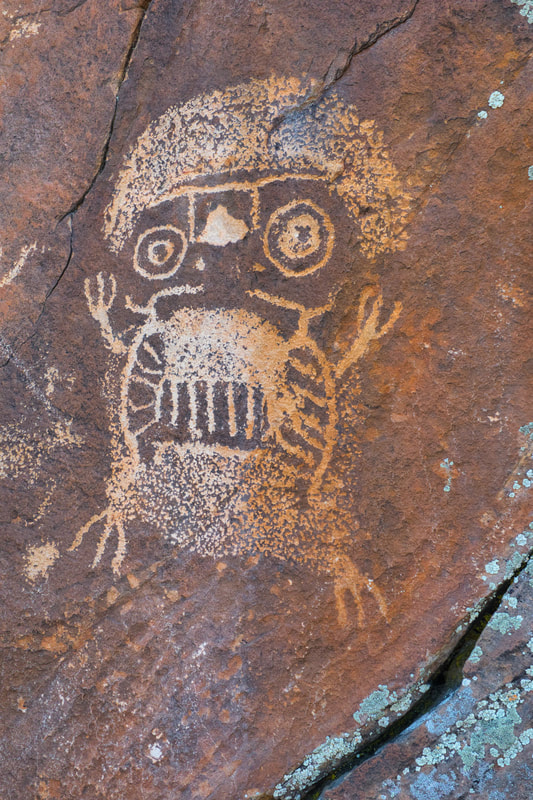
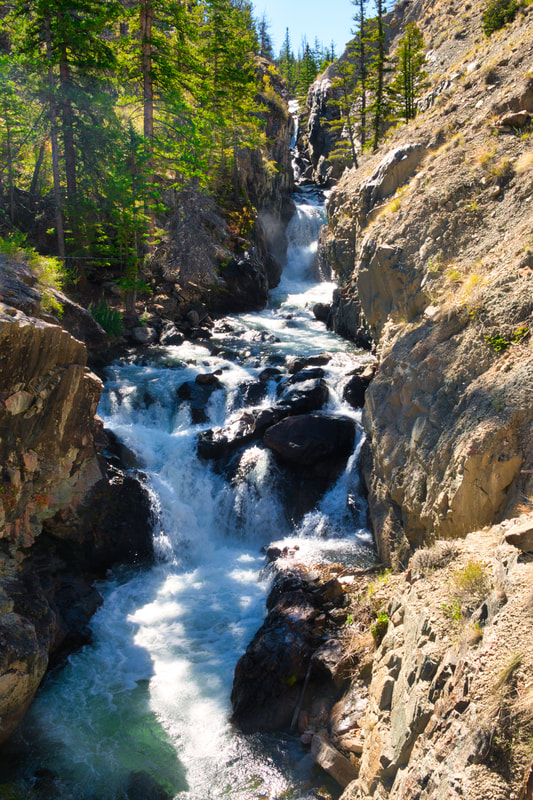

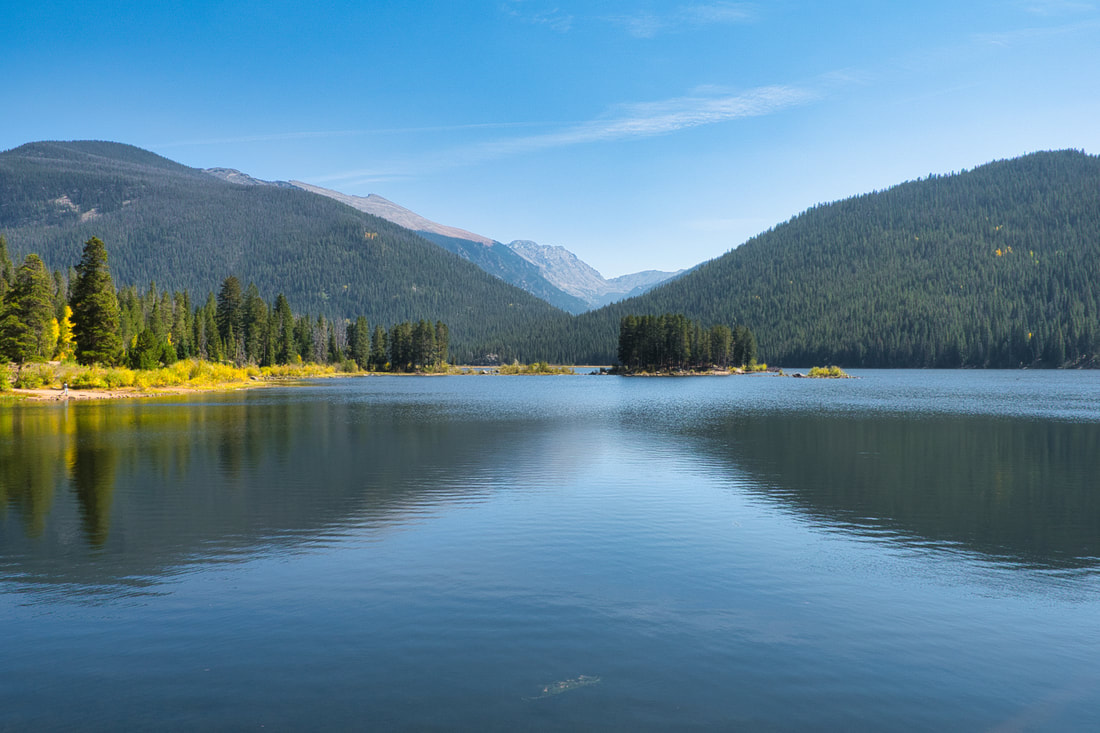


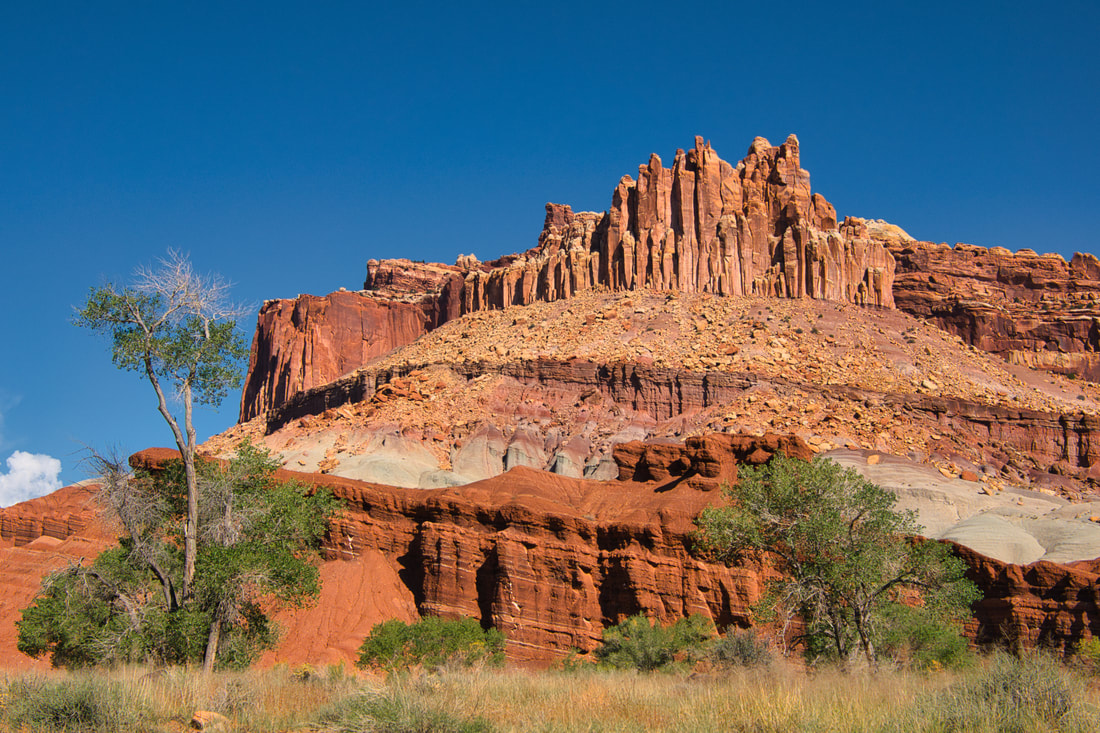


















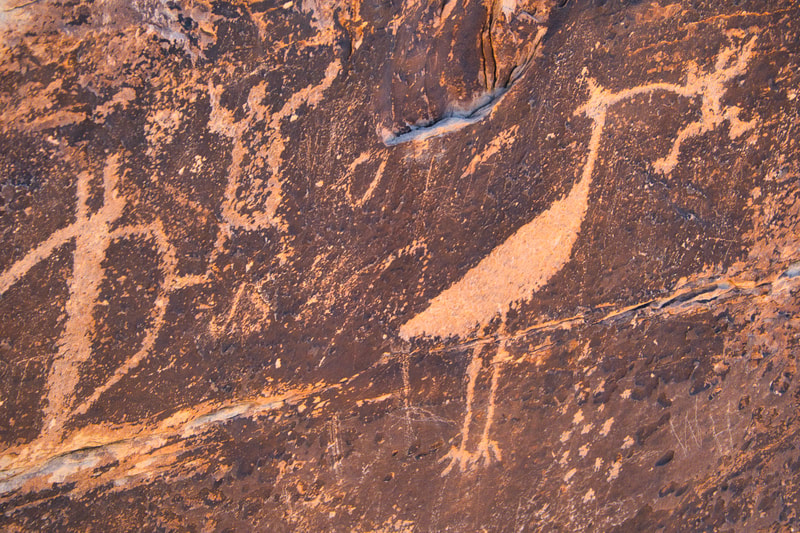
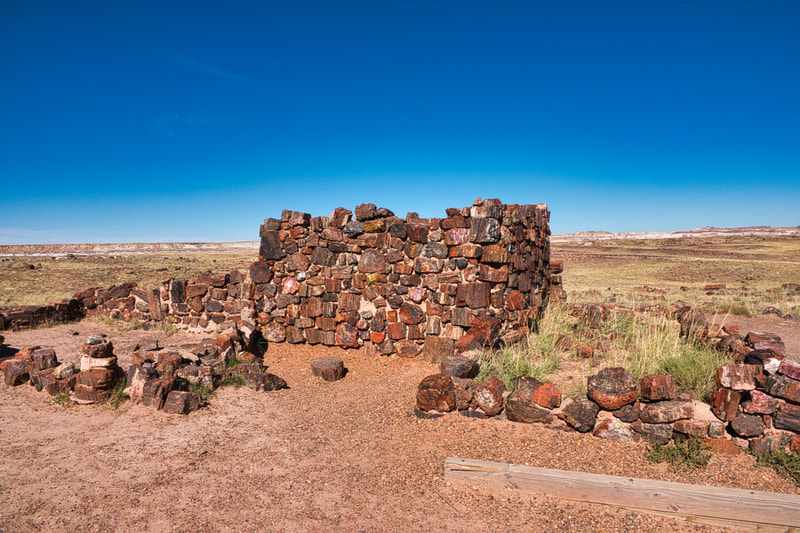

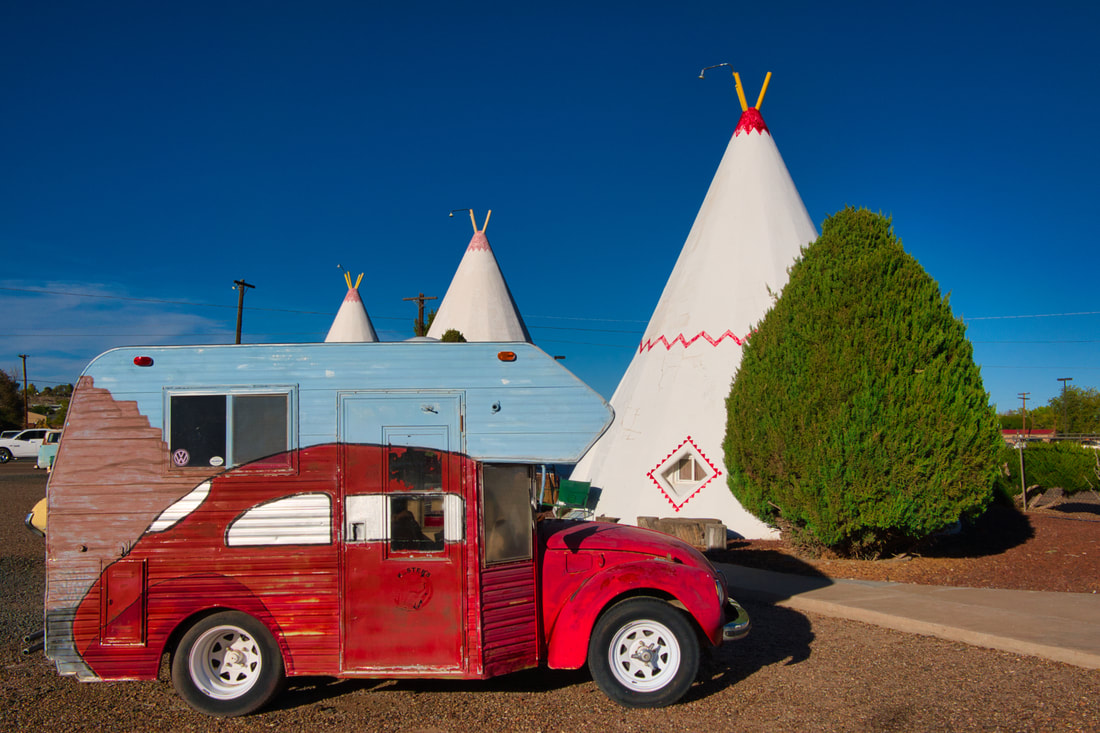


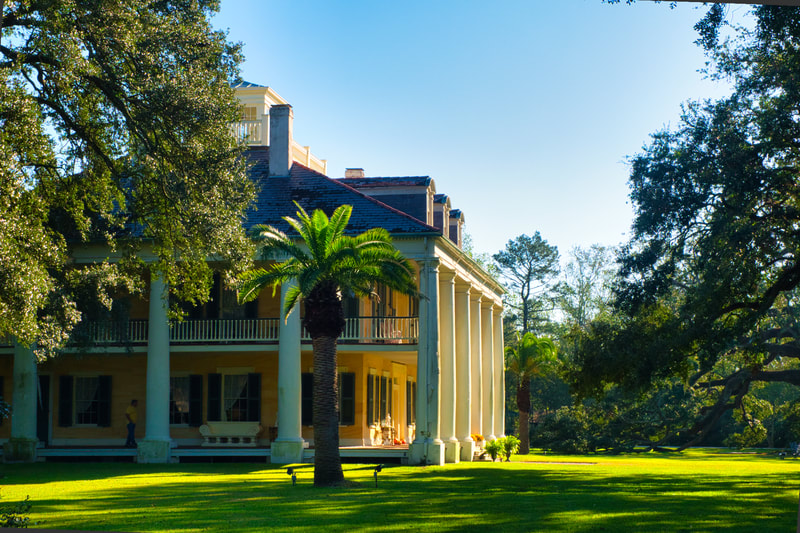




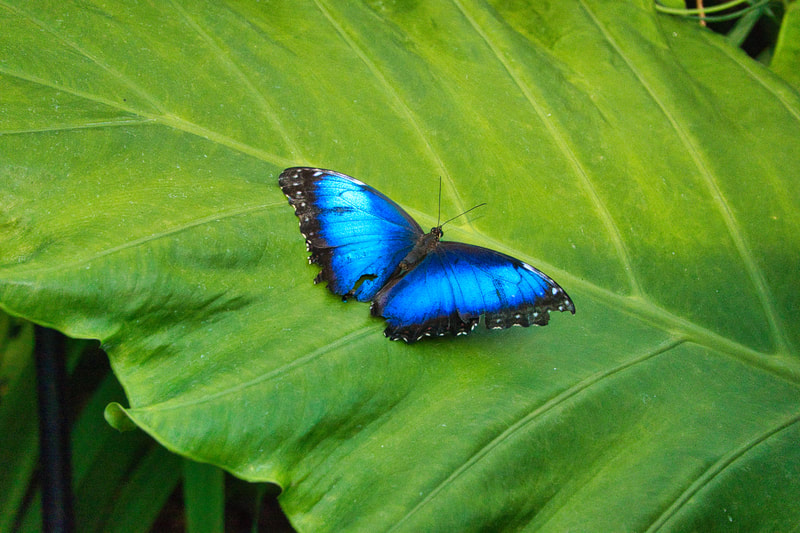

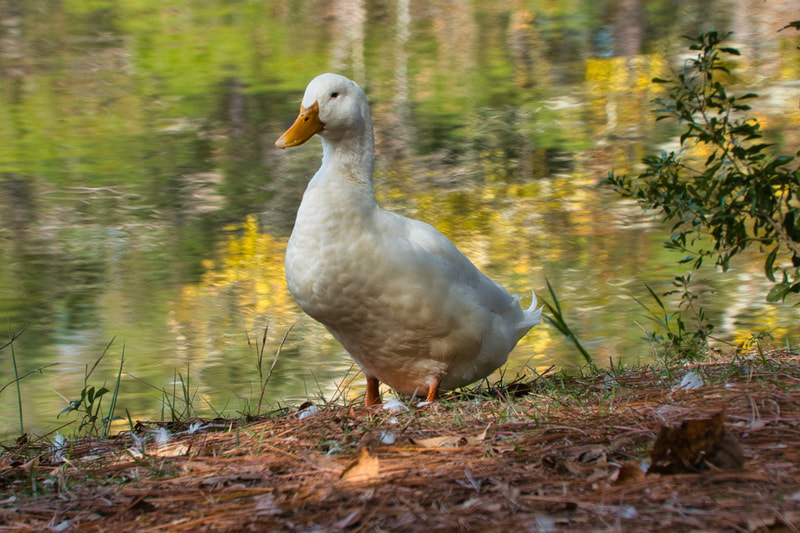

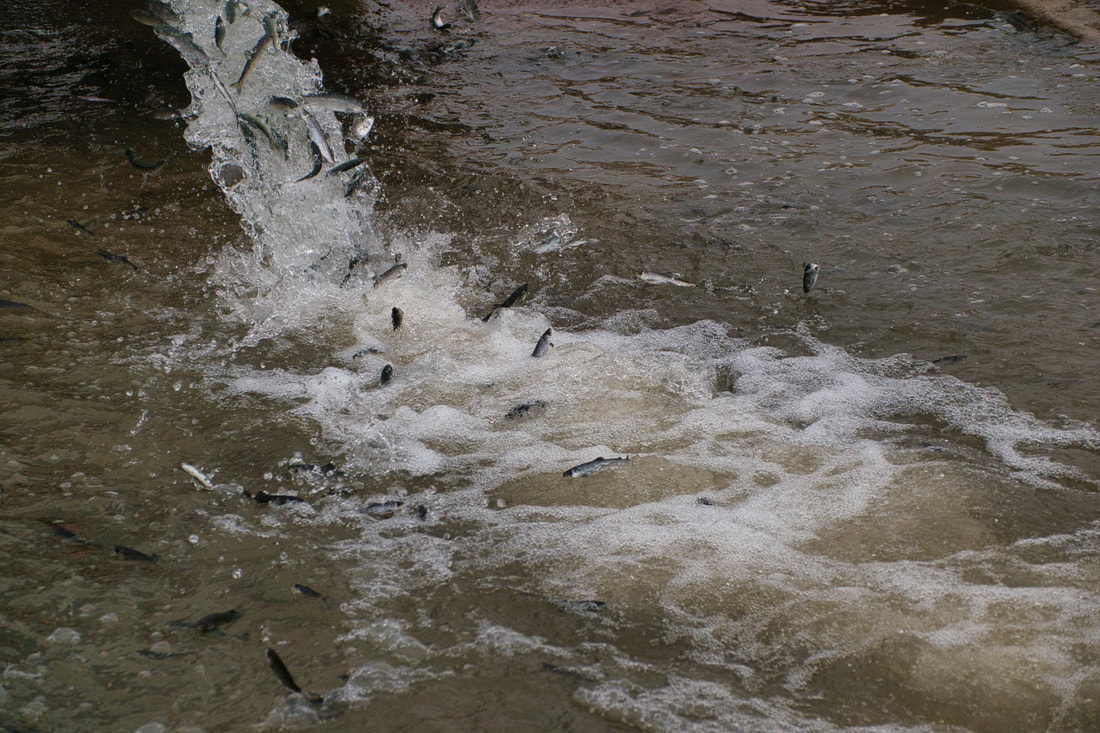







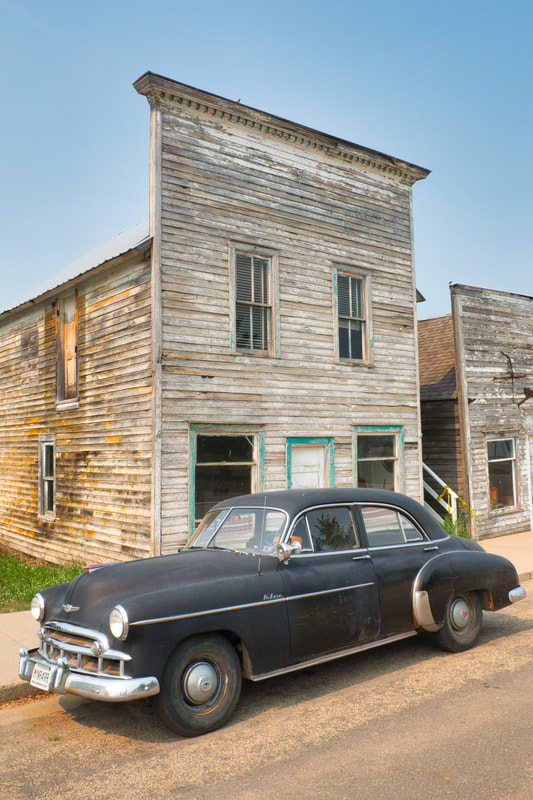






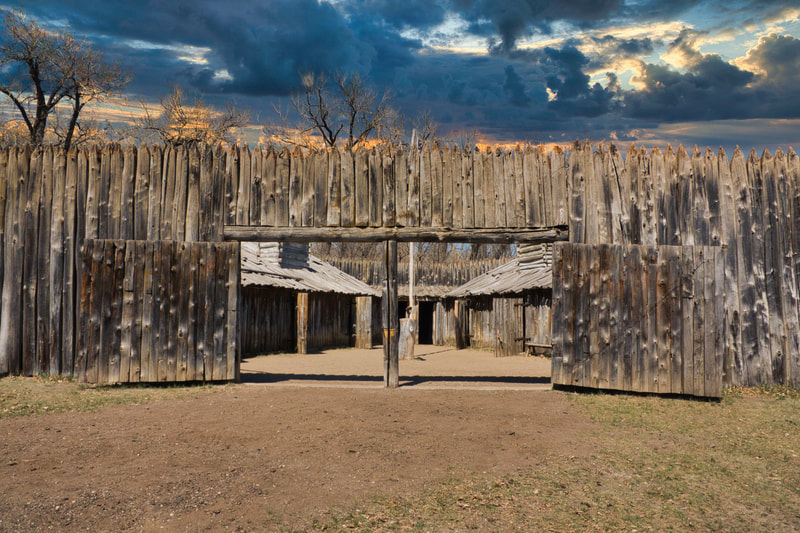



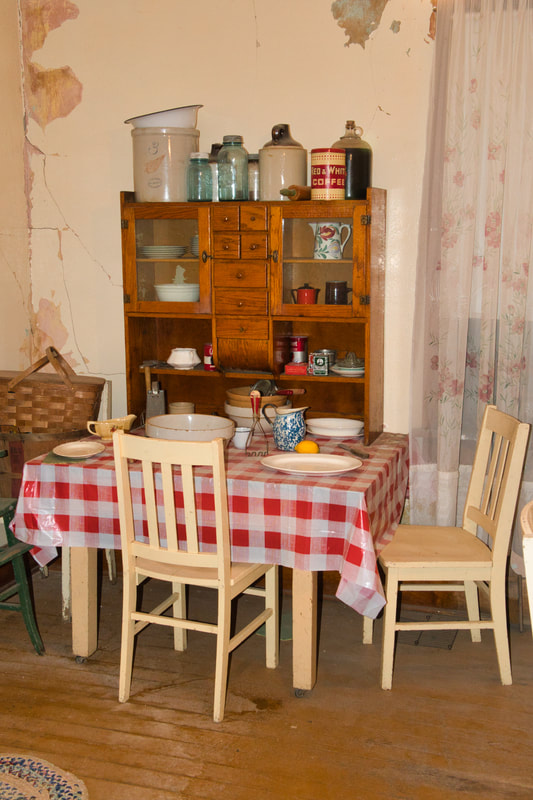

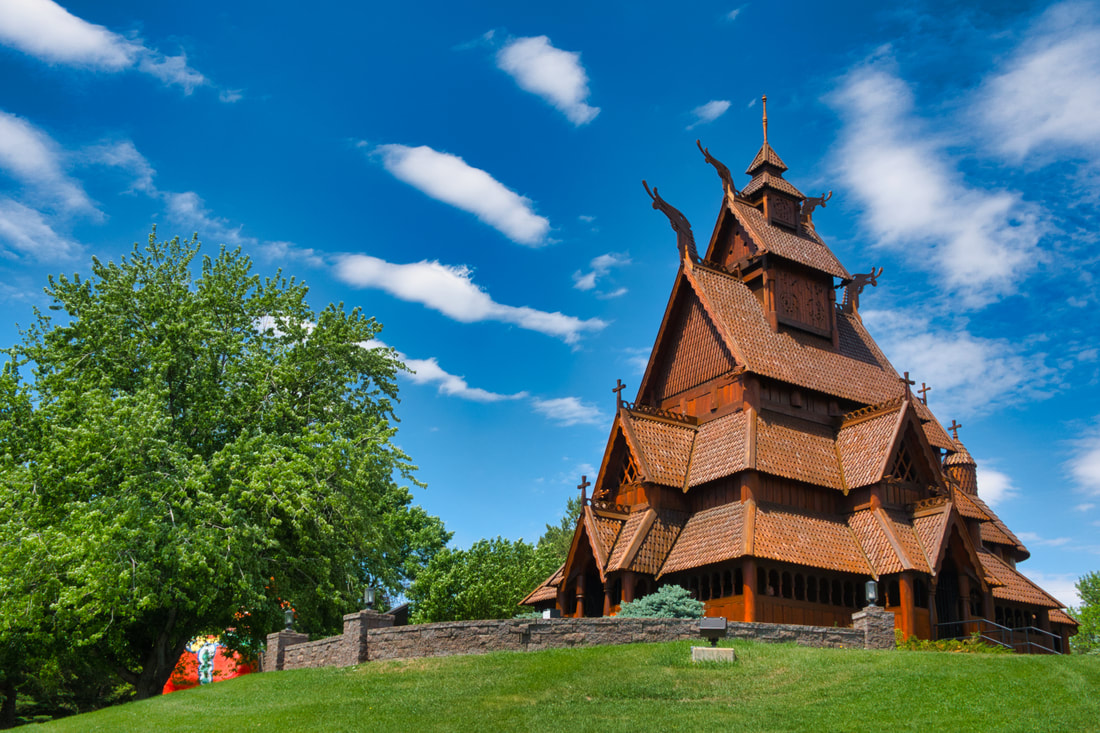


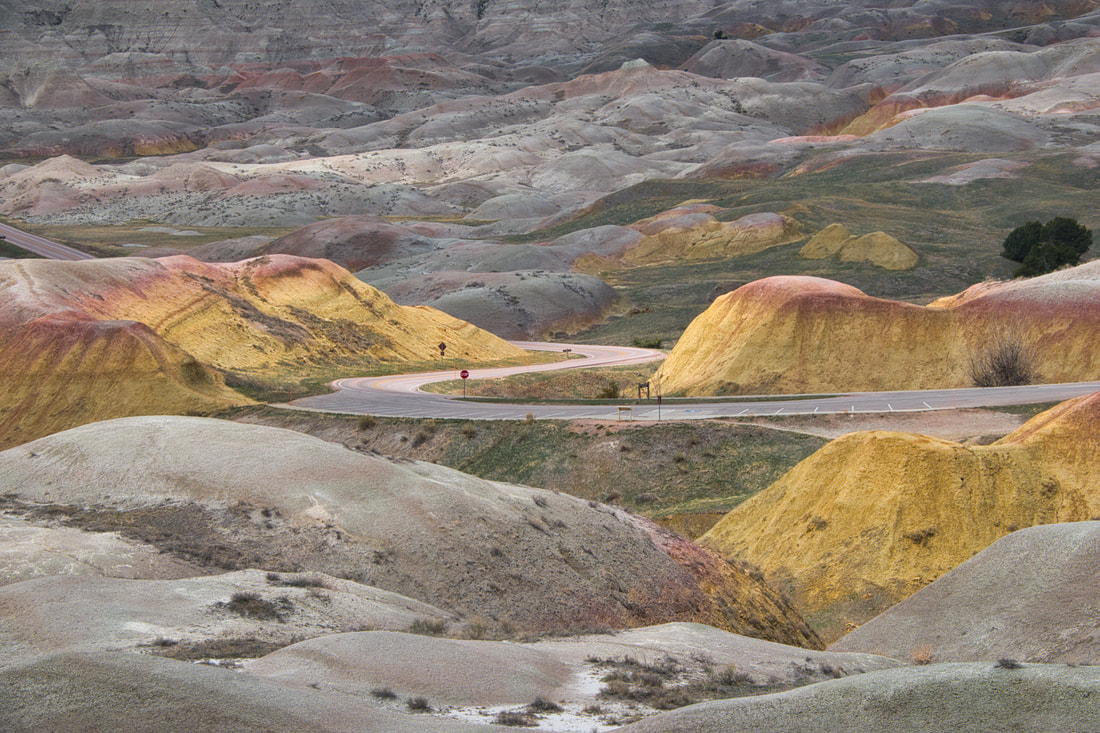




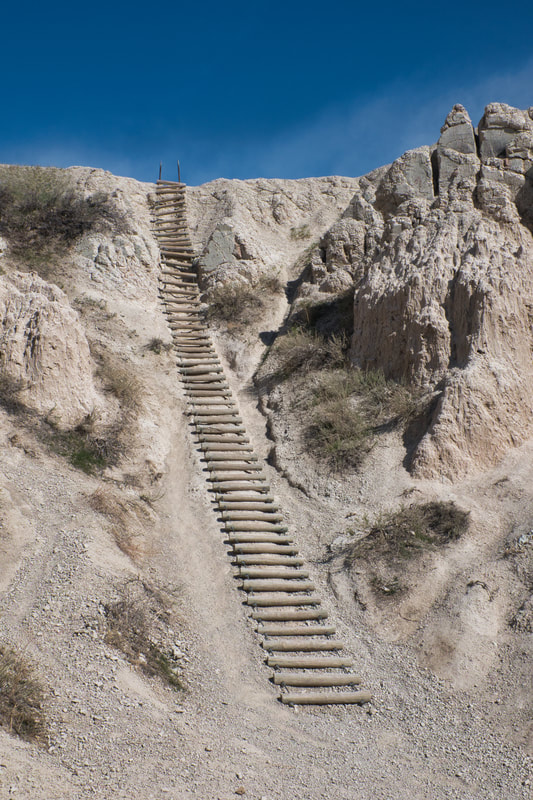

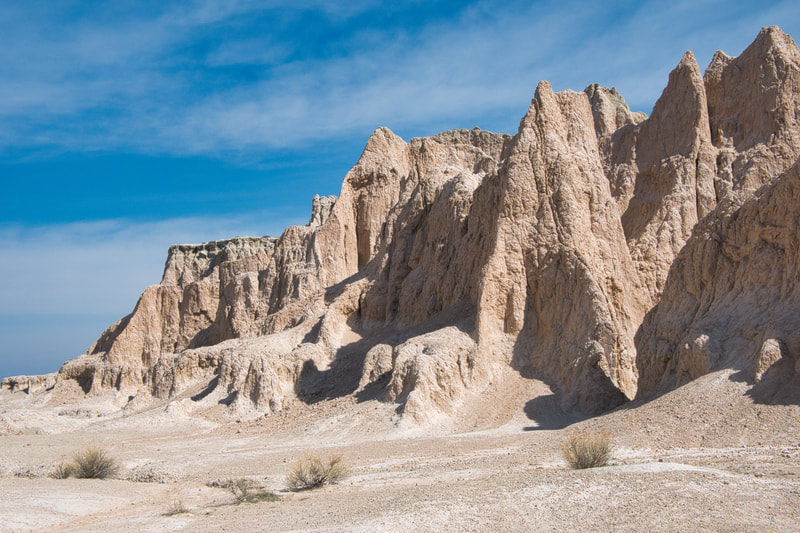




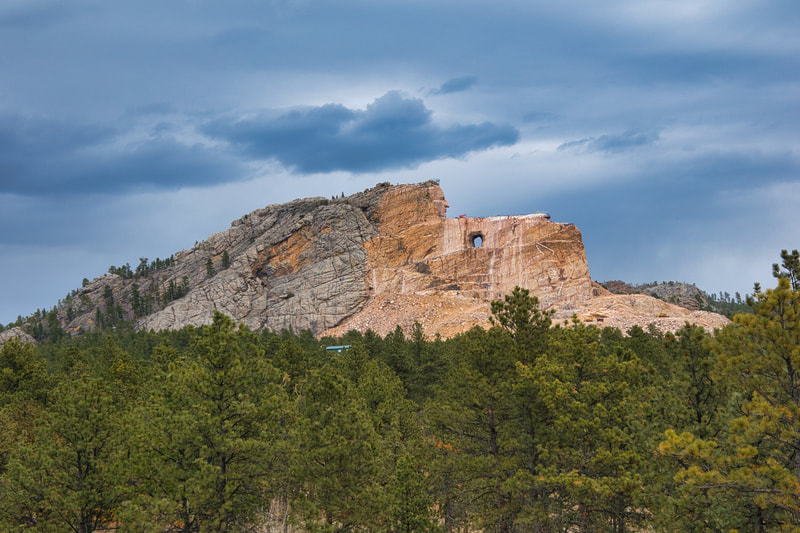



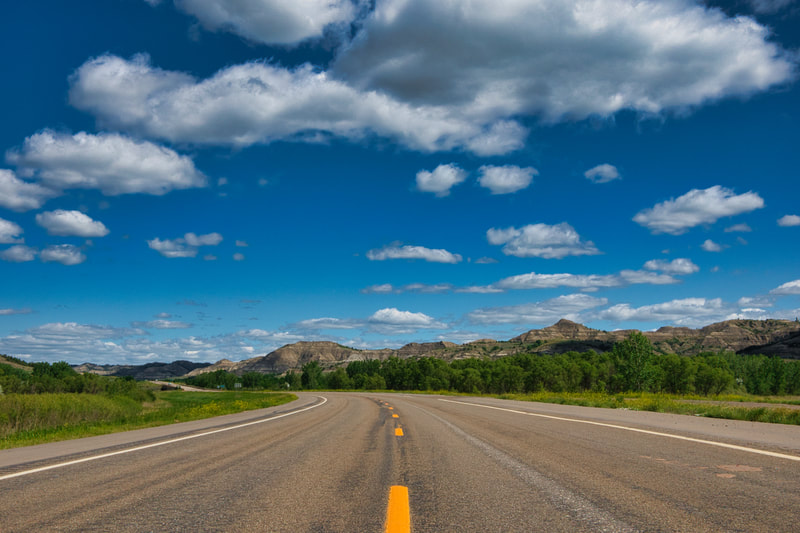
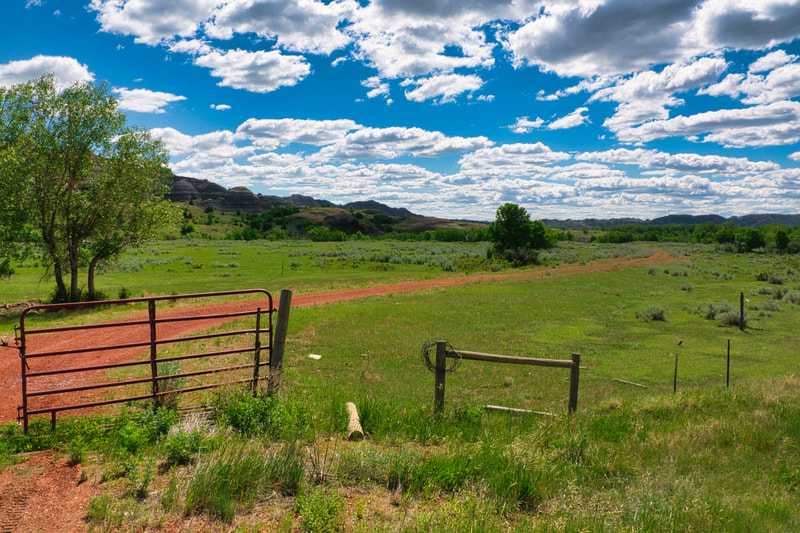




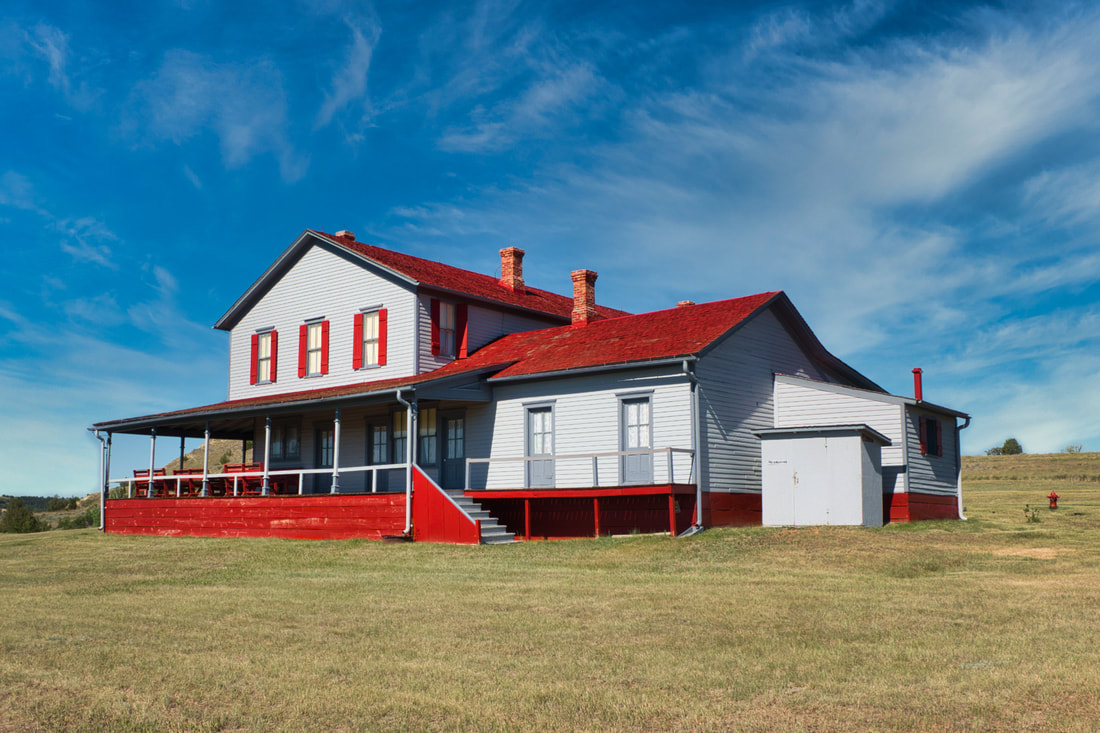














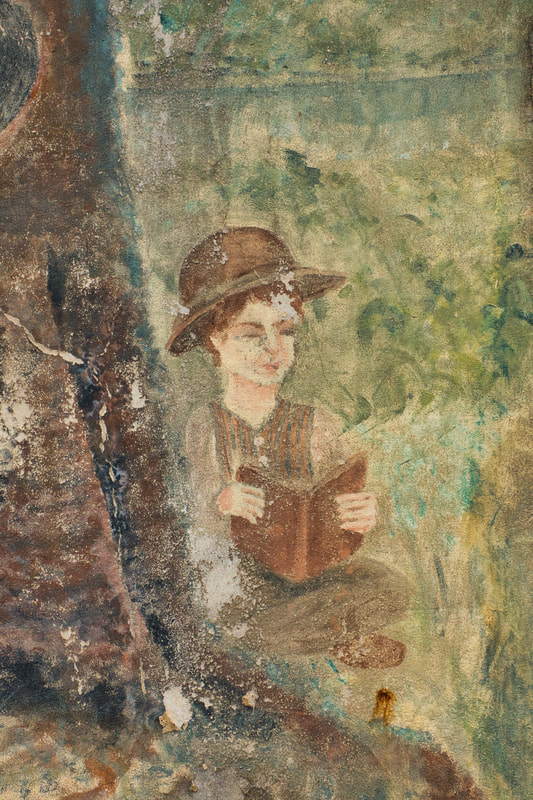


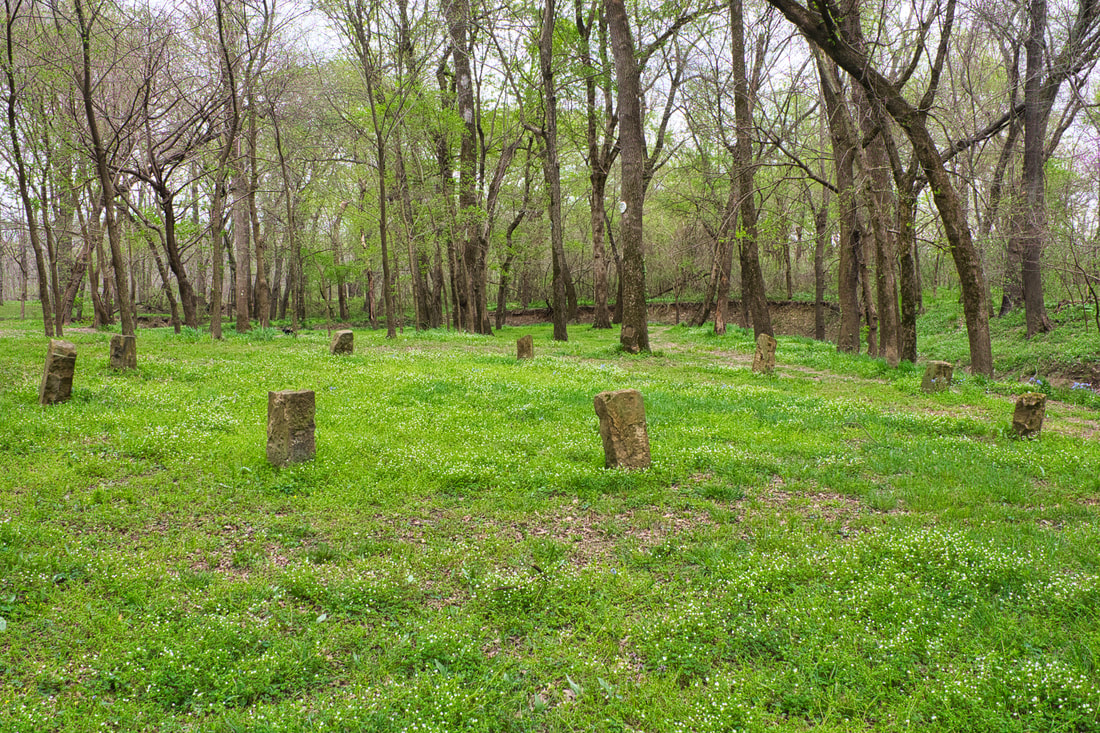
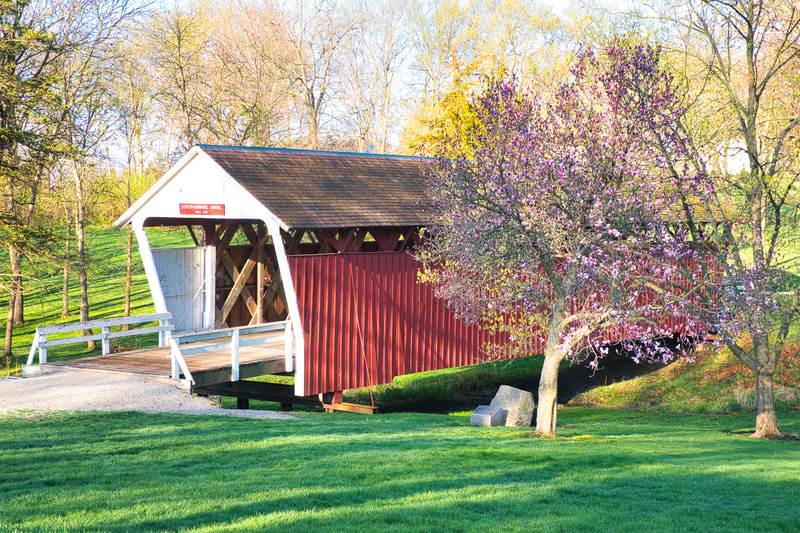
















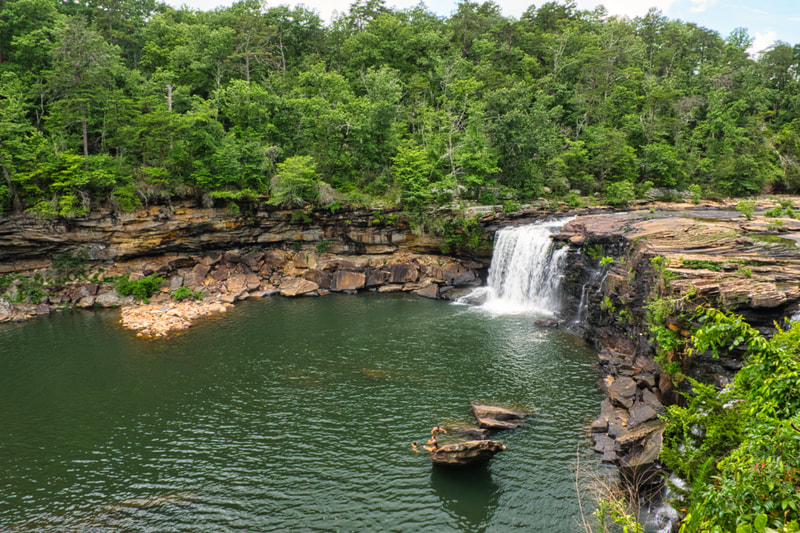




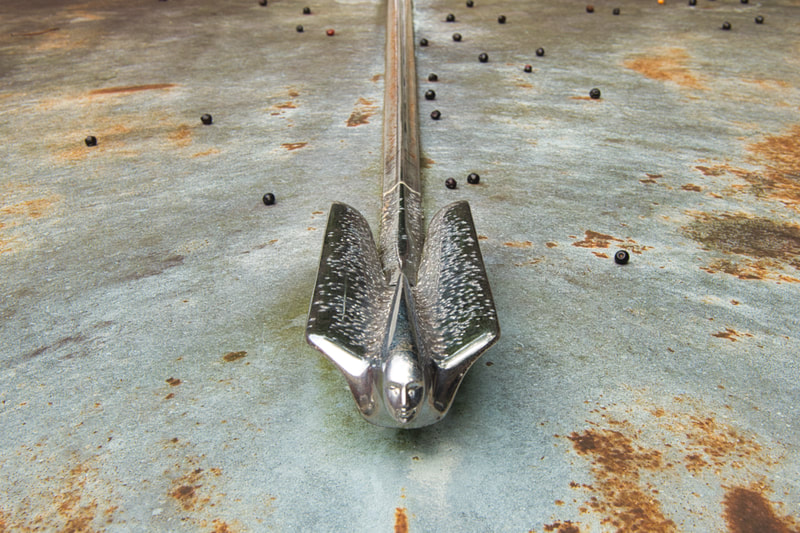
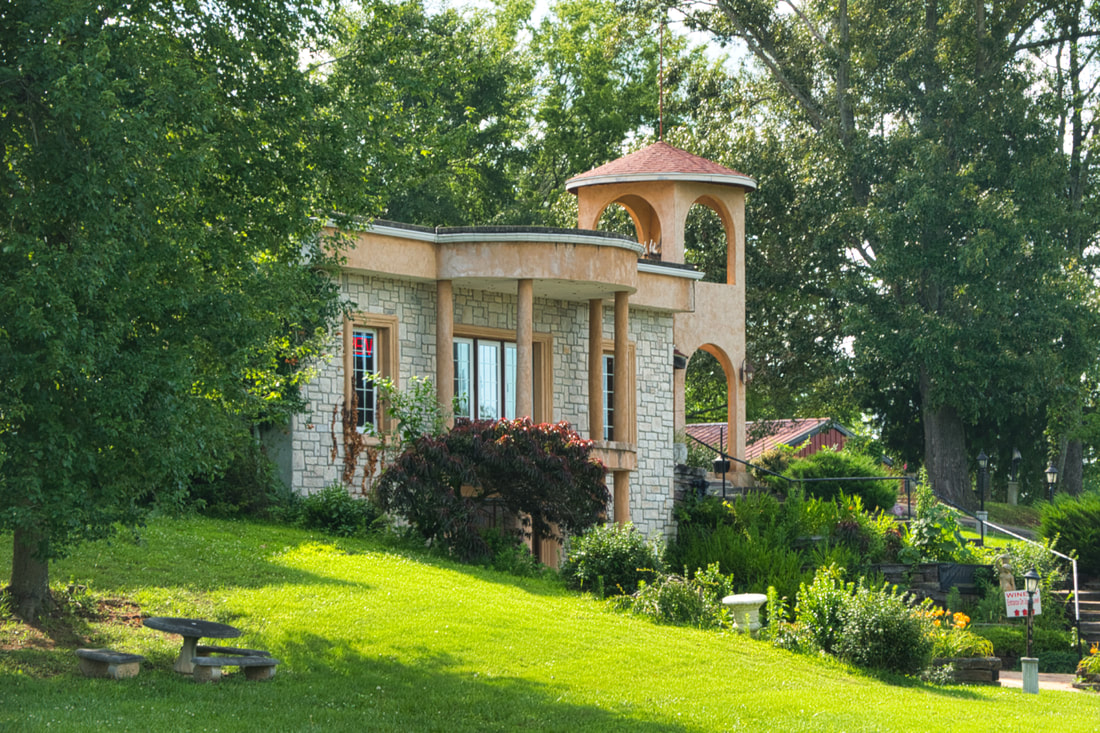





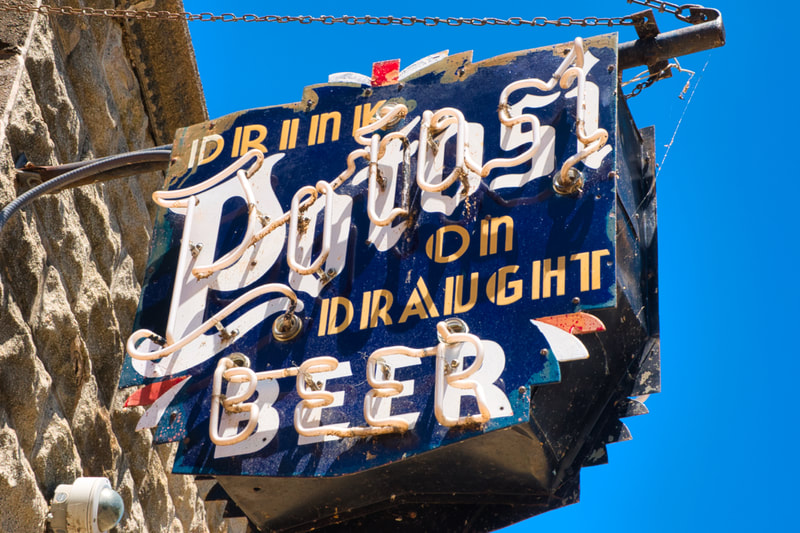




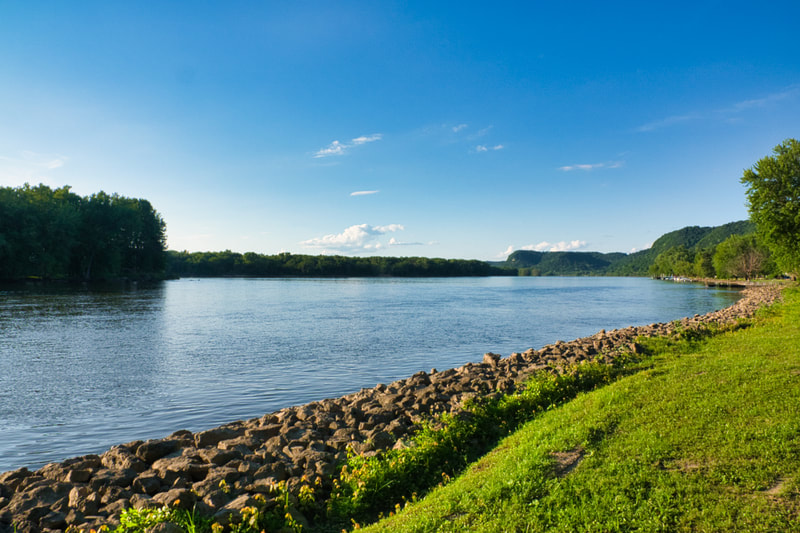

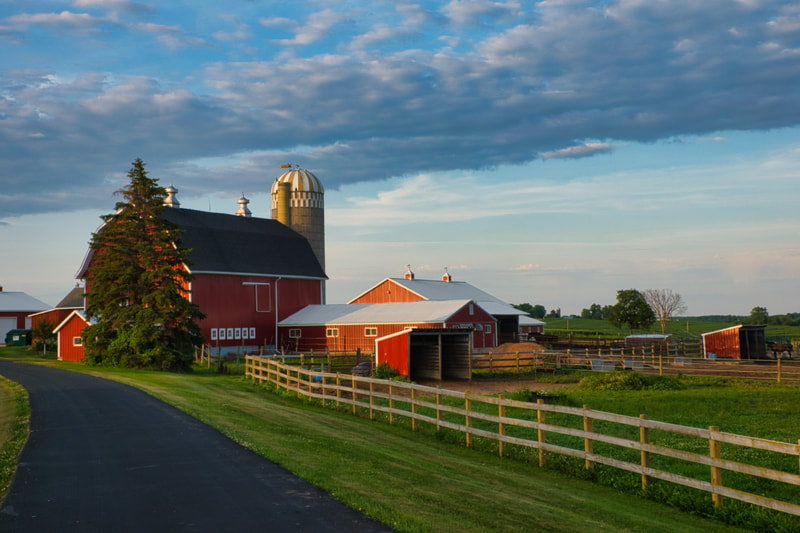

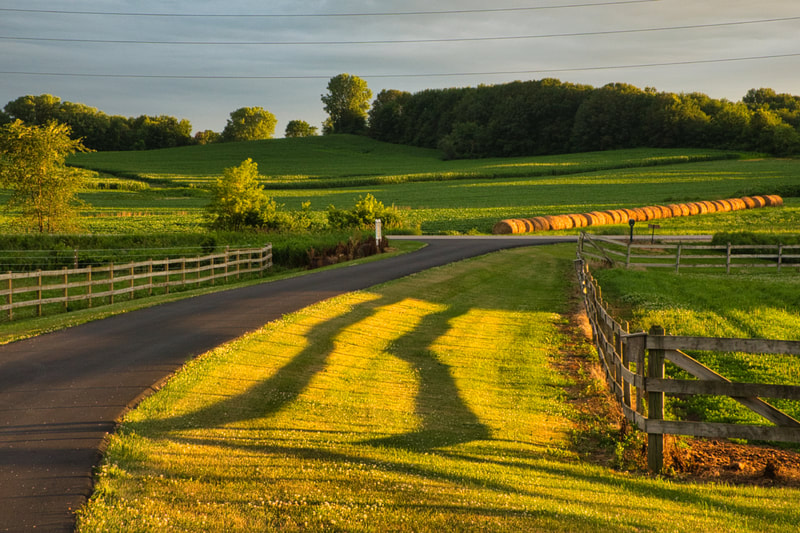

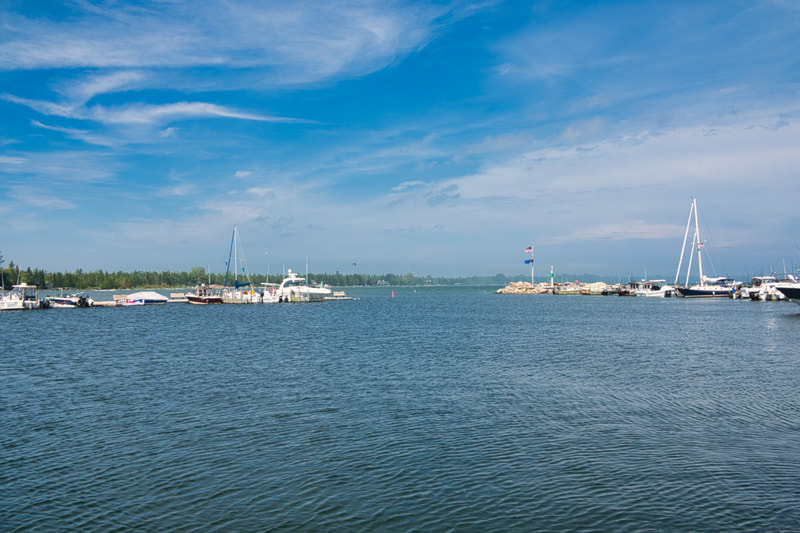









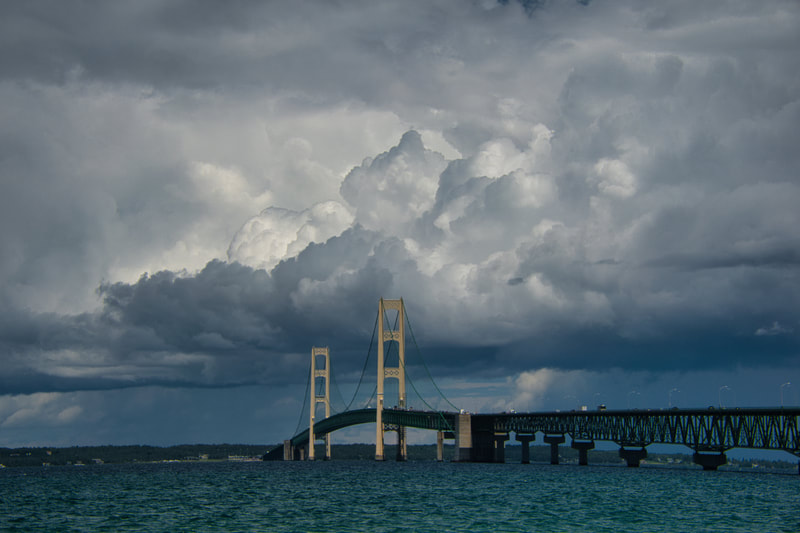


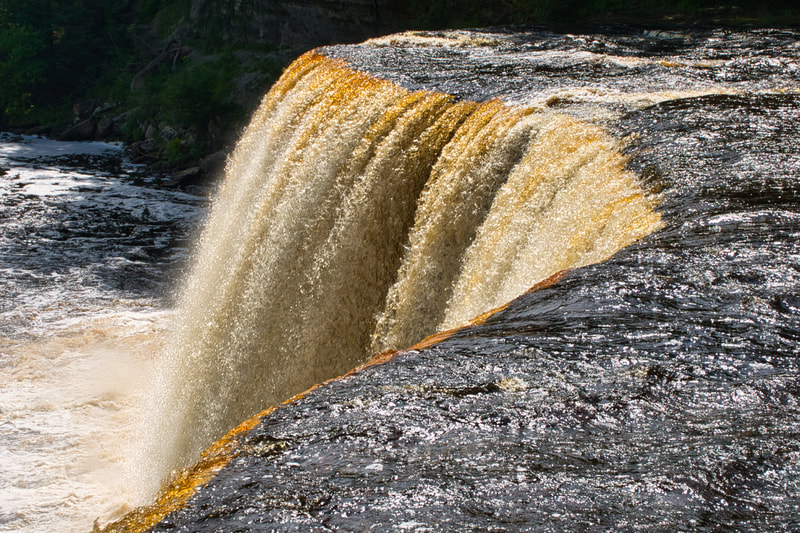

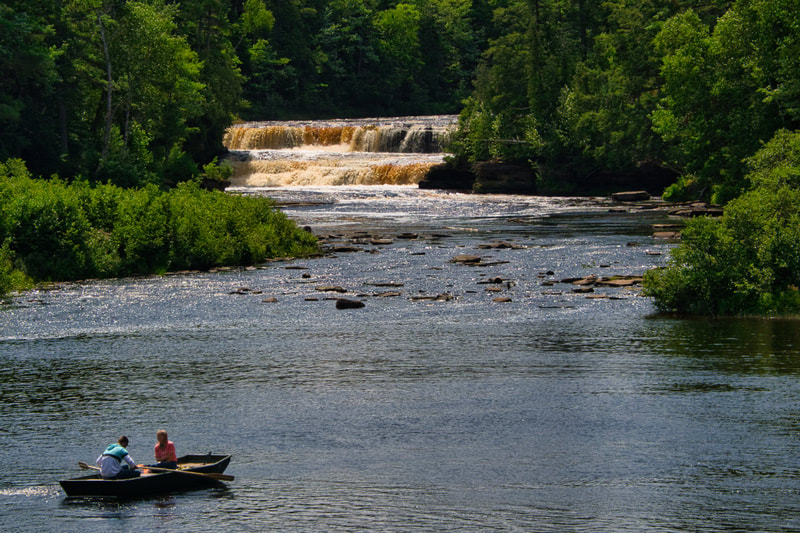
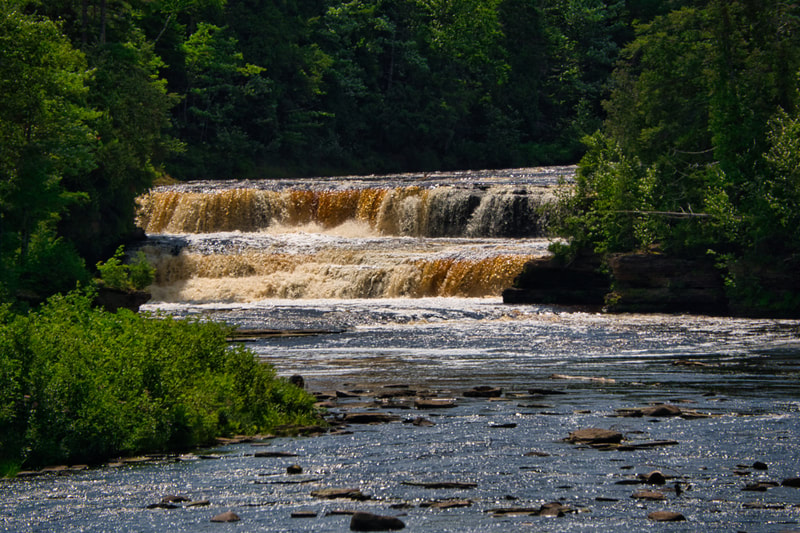




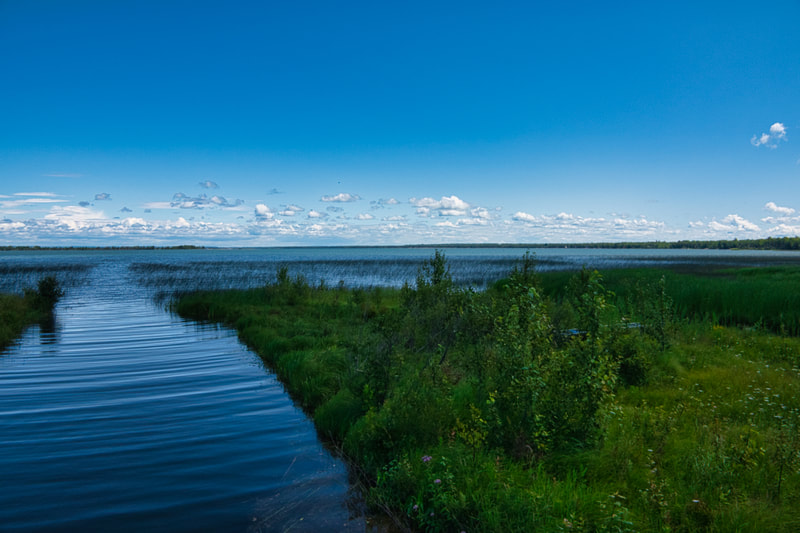
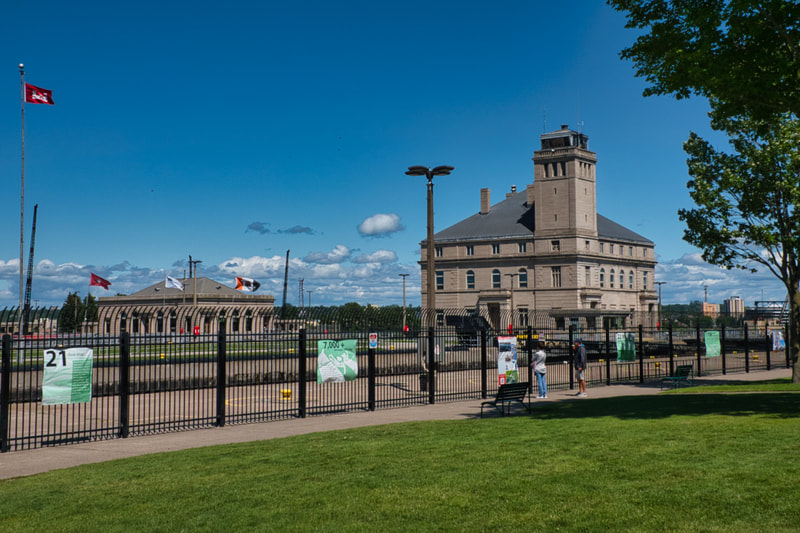



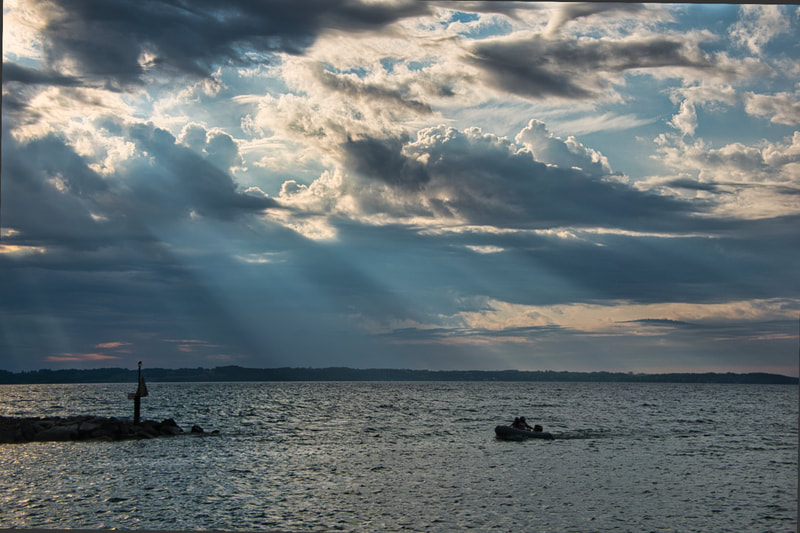















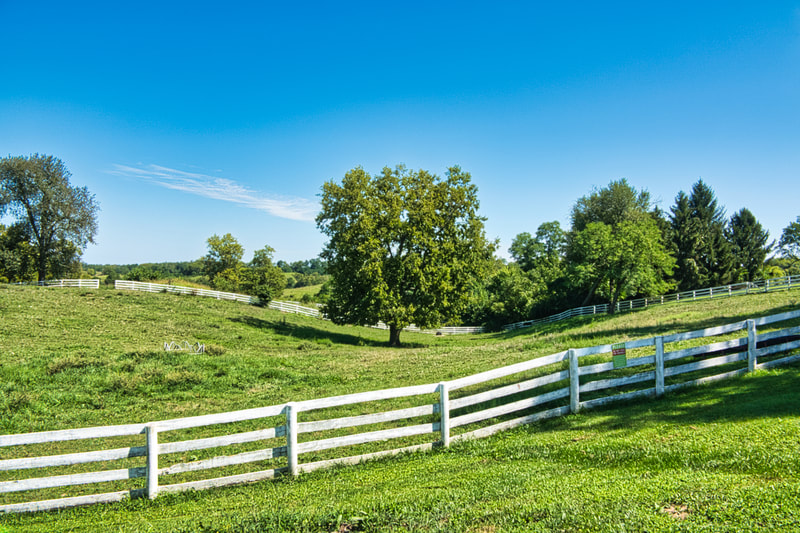
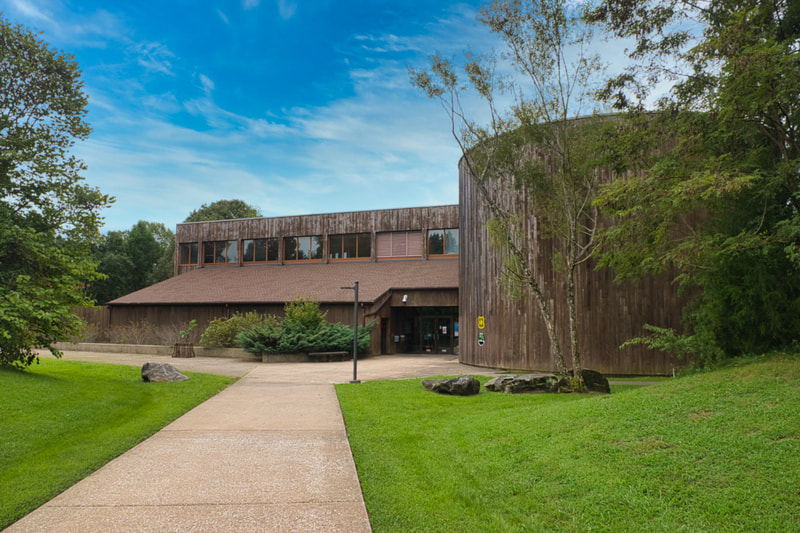



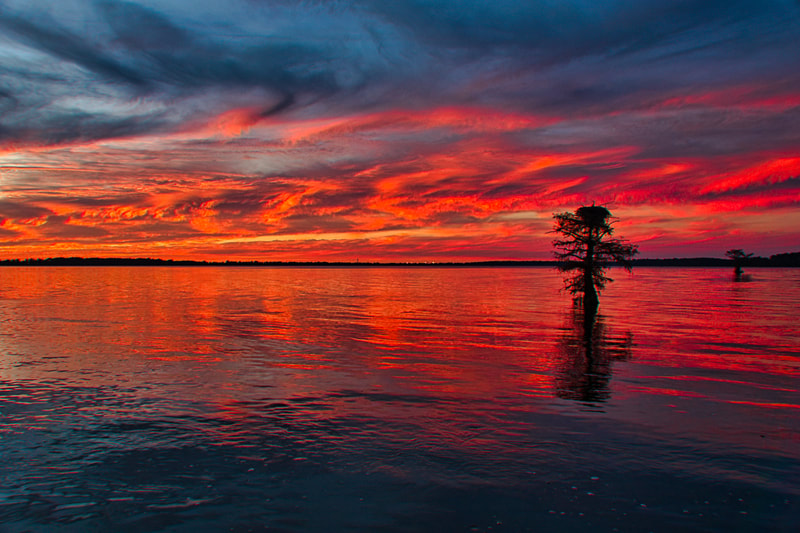





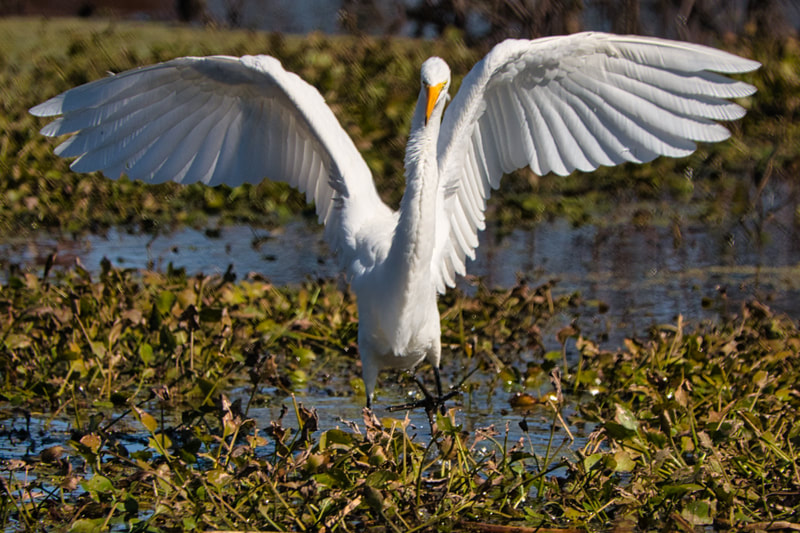
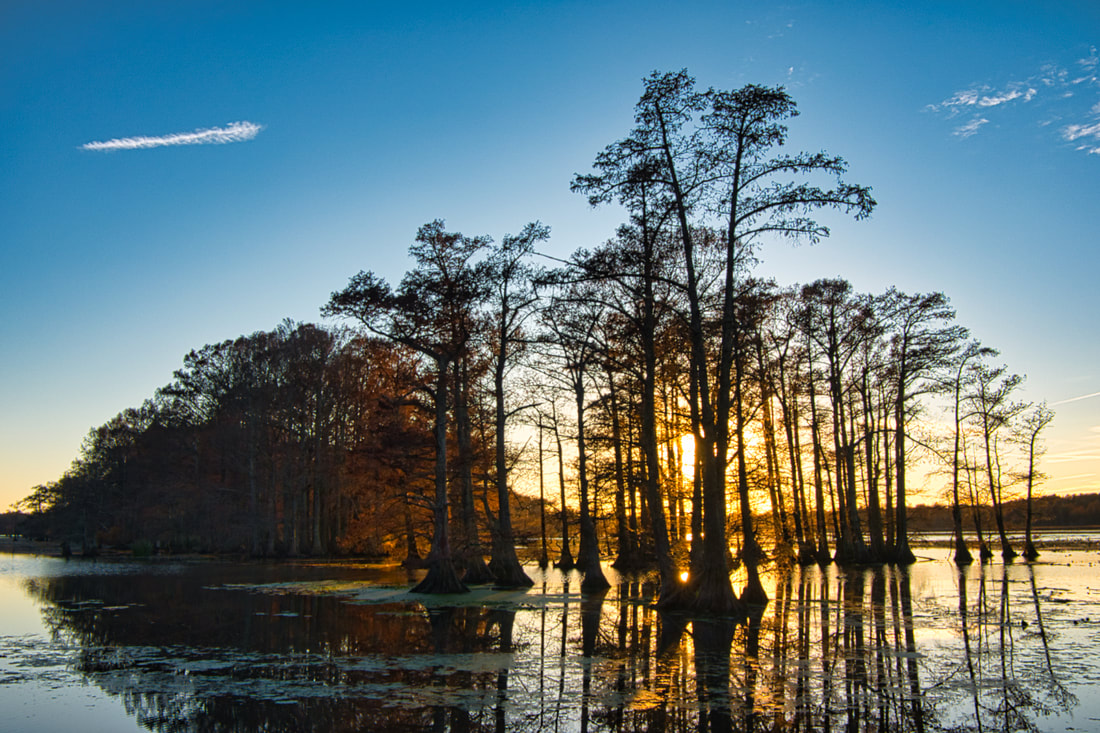







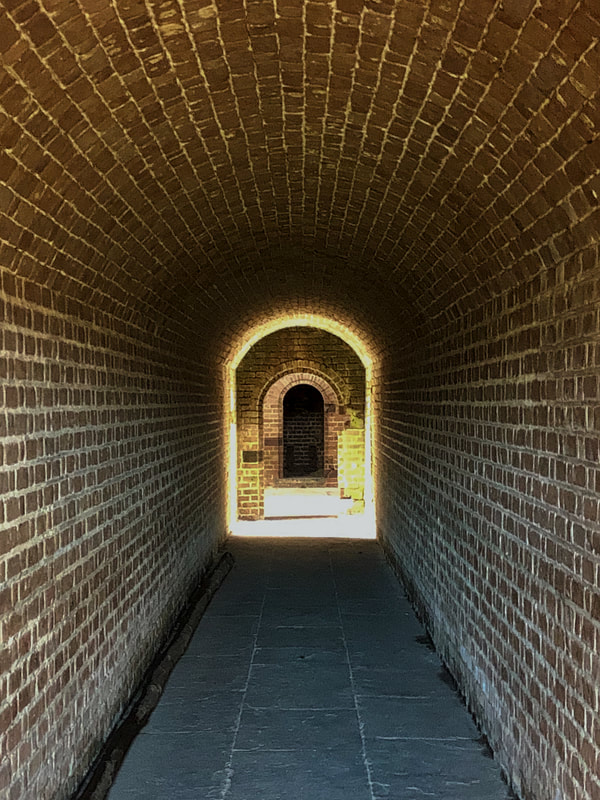




















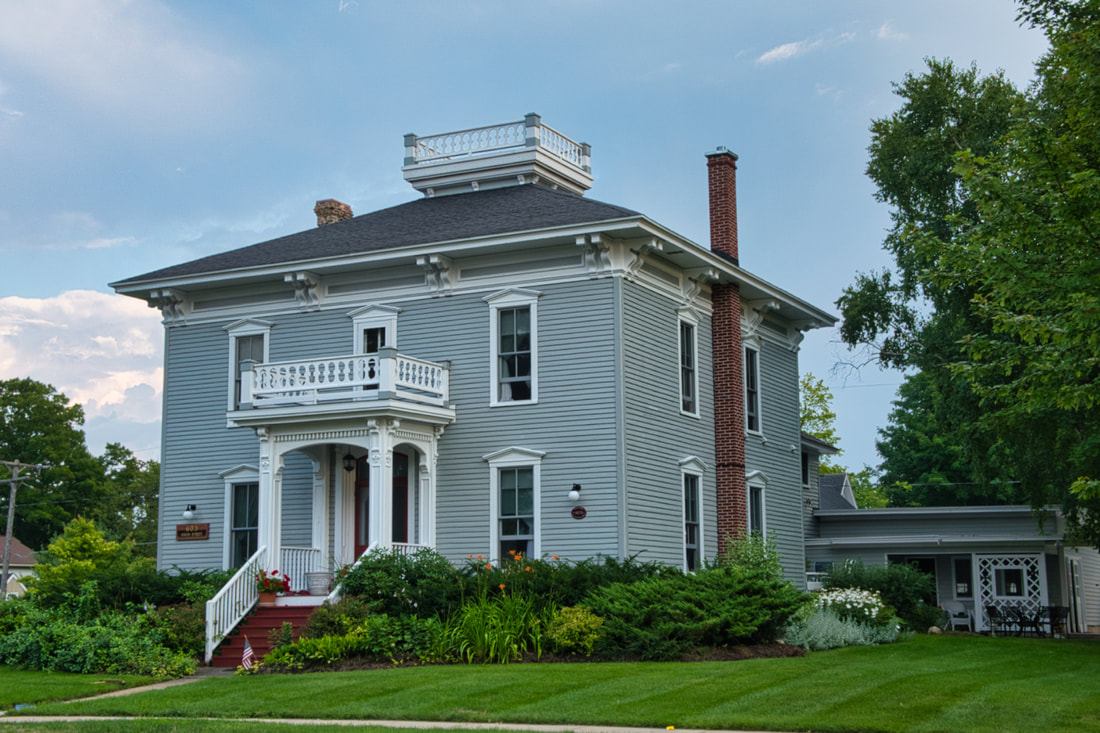



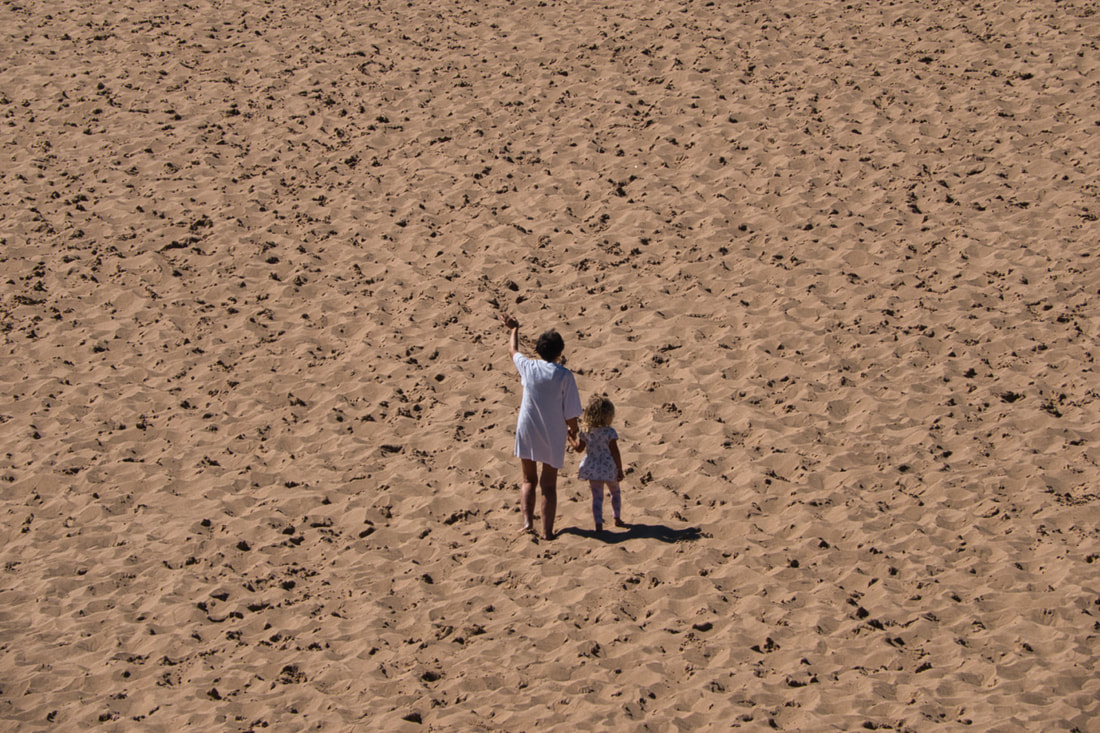


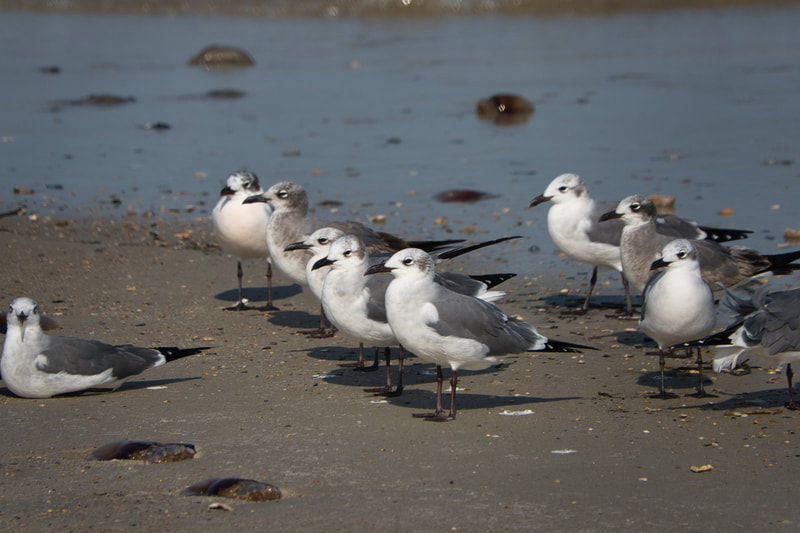

 RSS Feed
RSS Feed